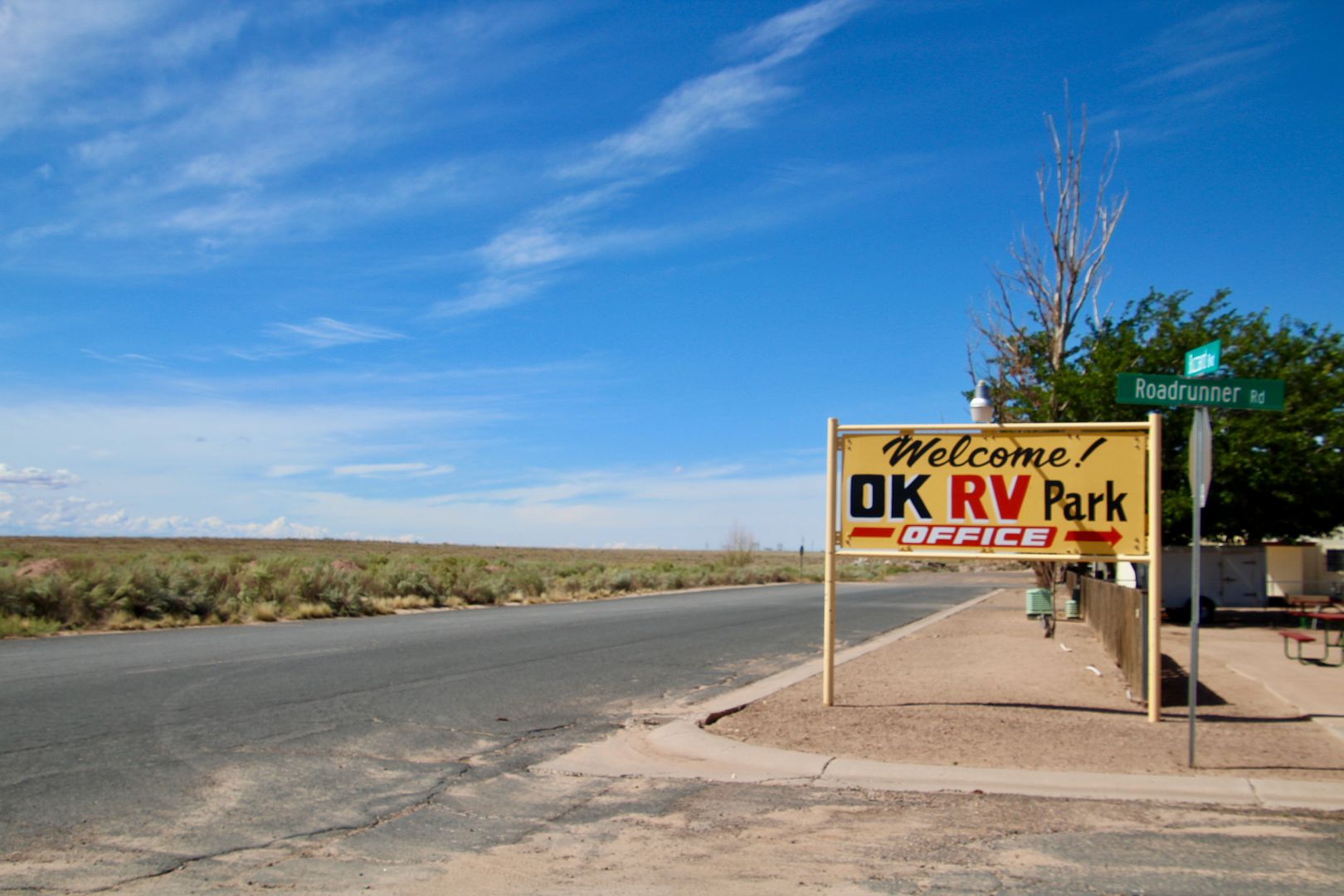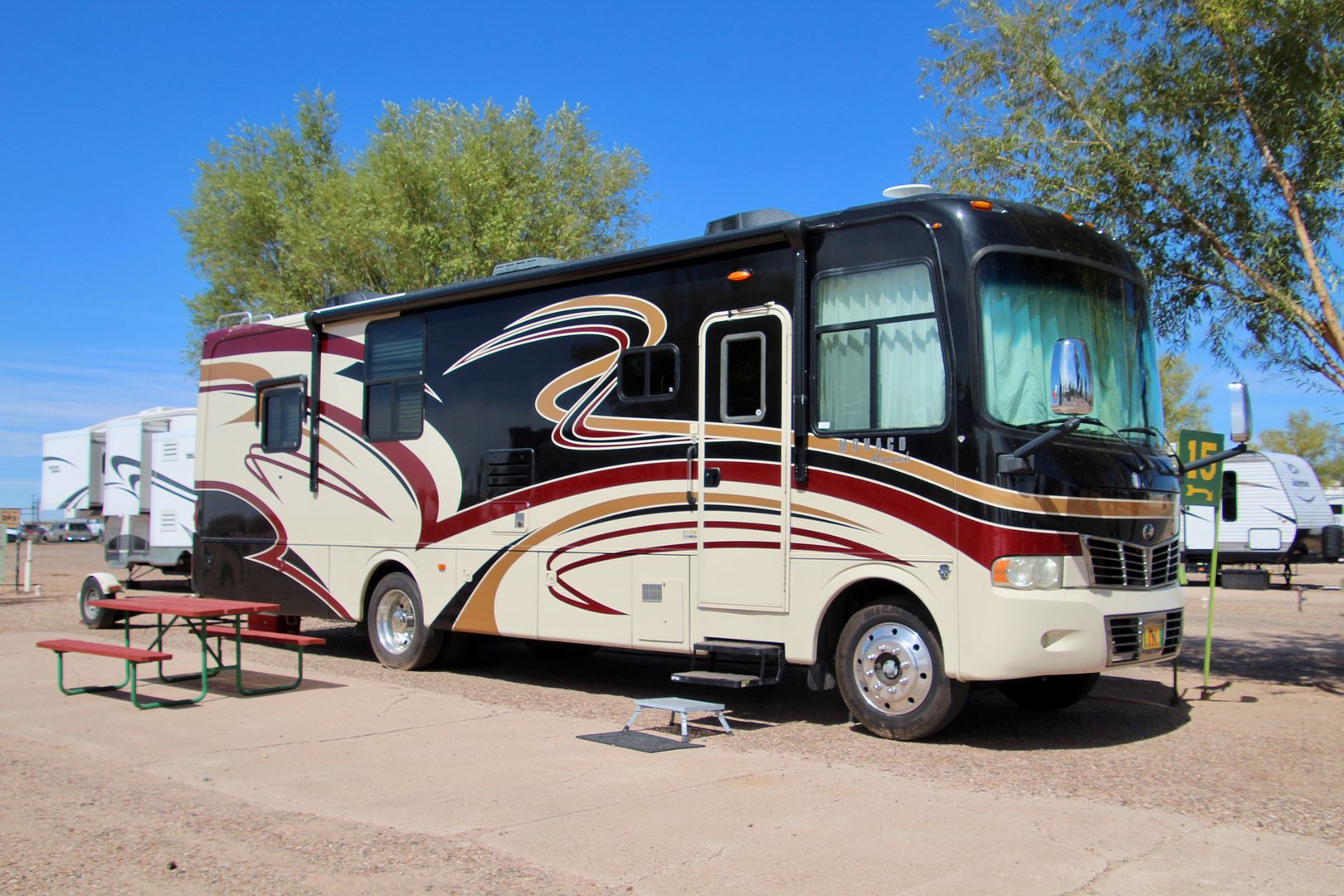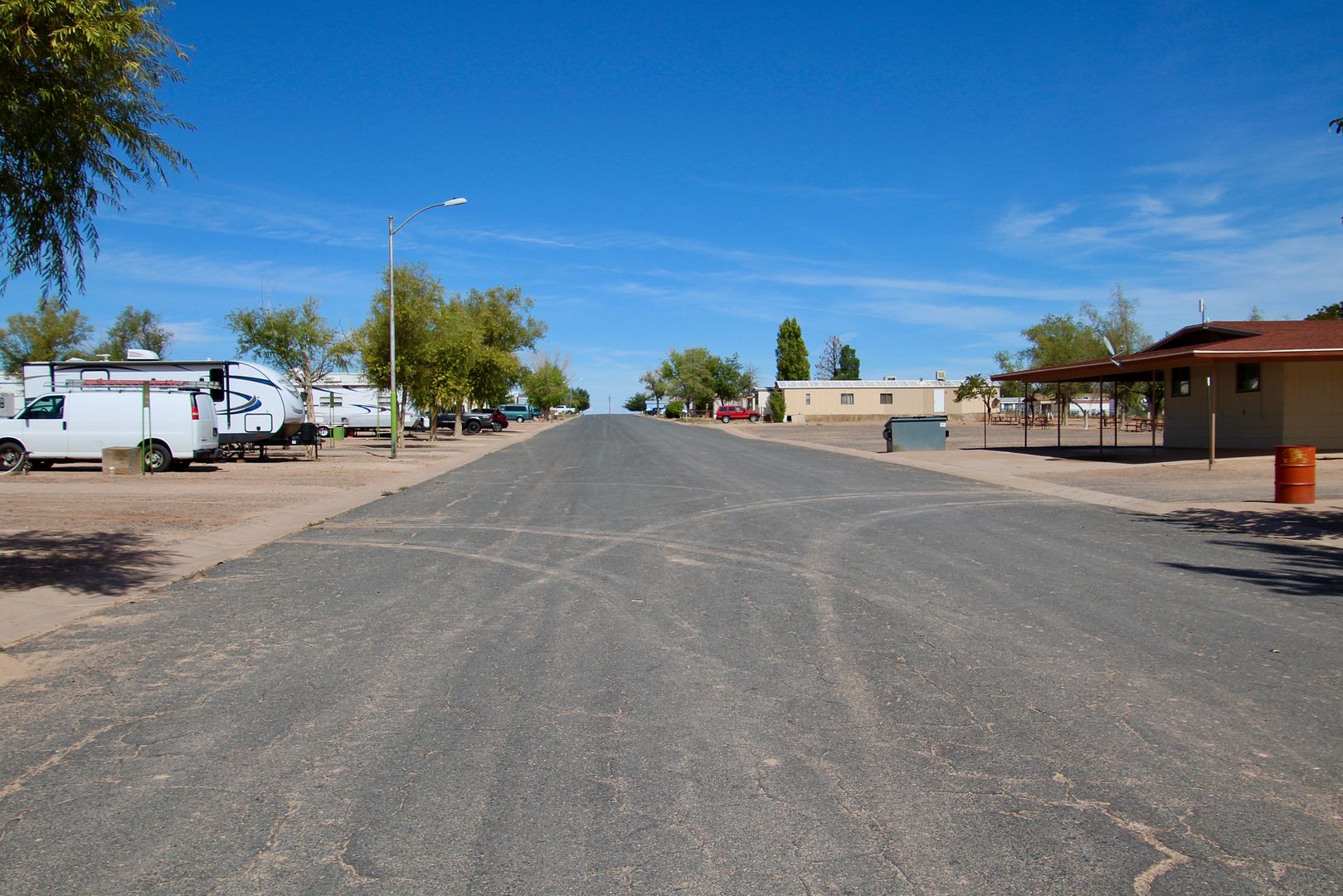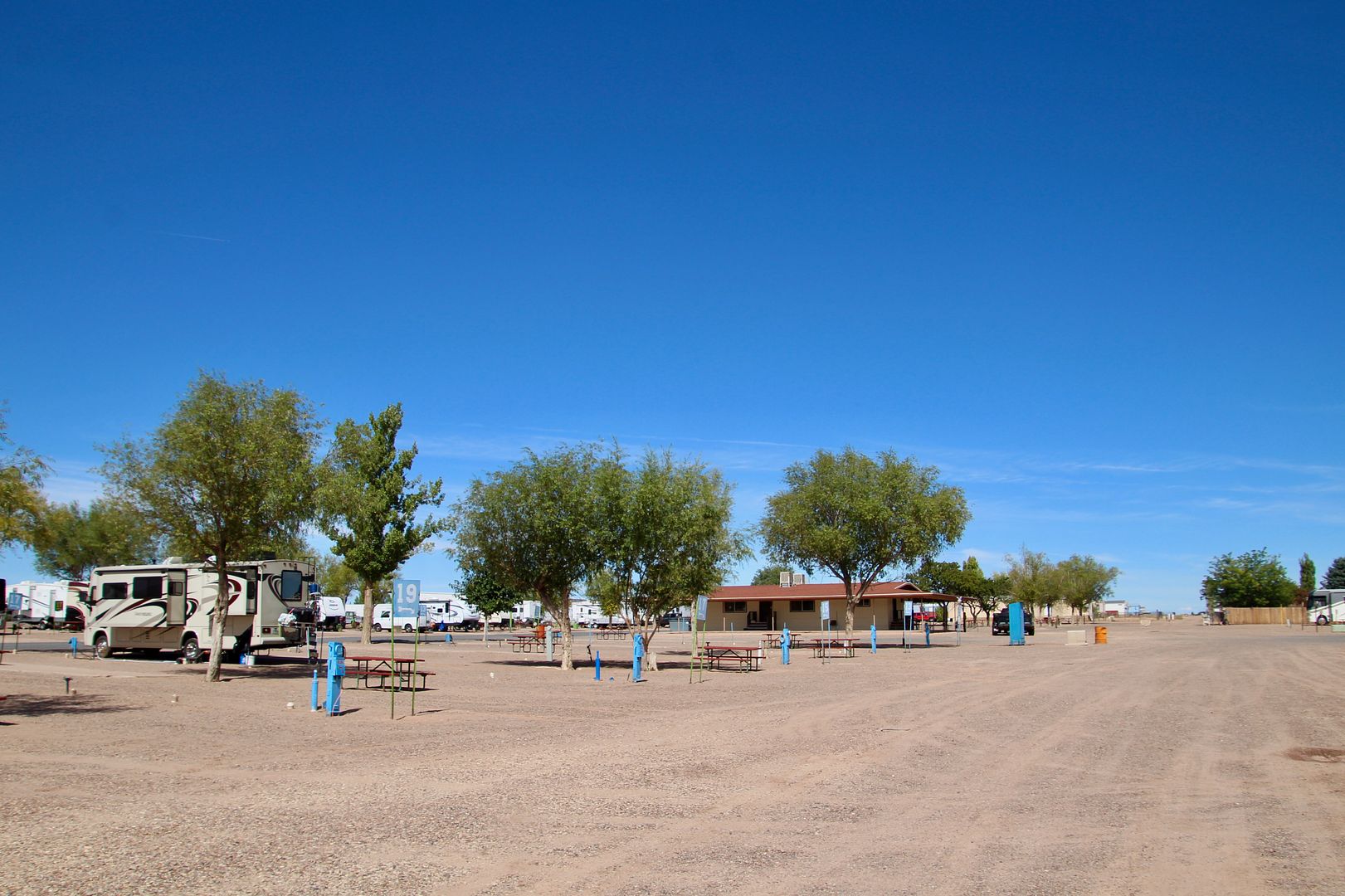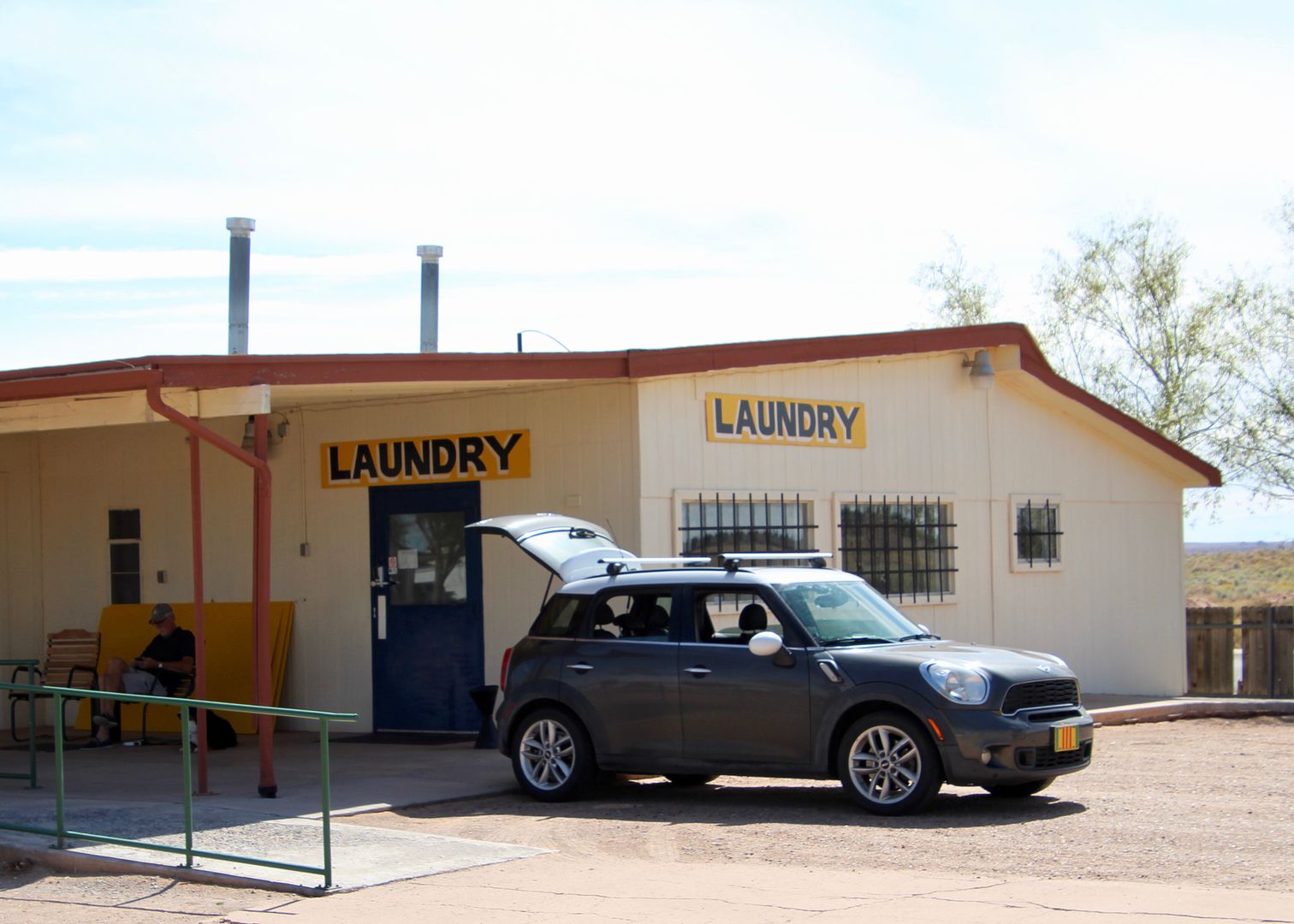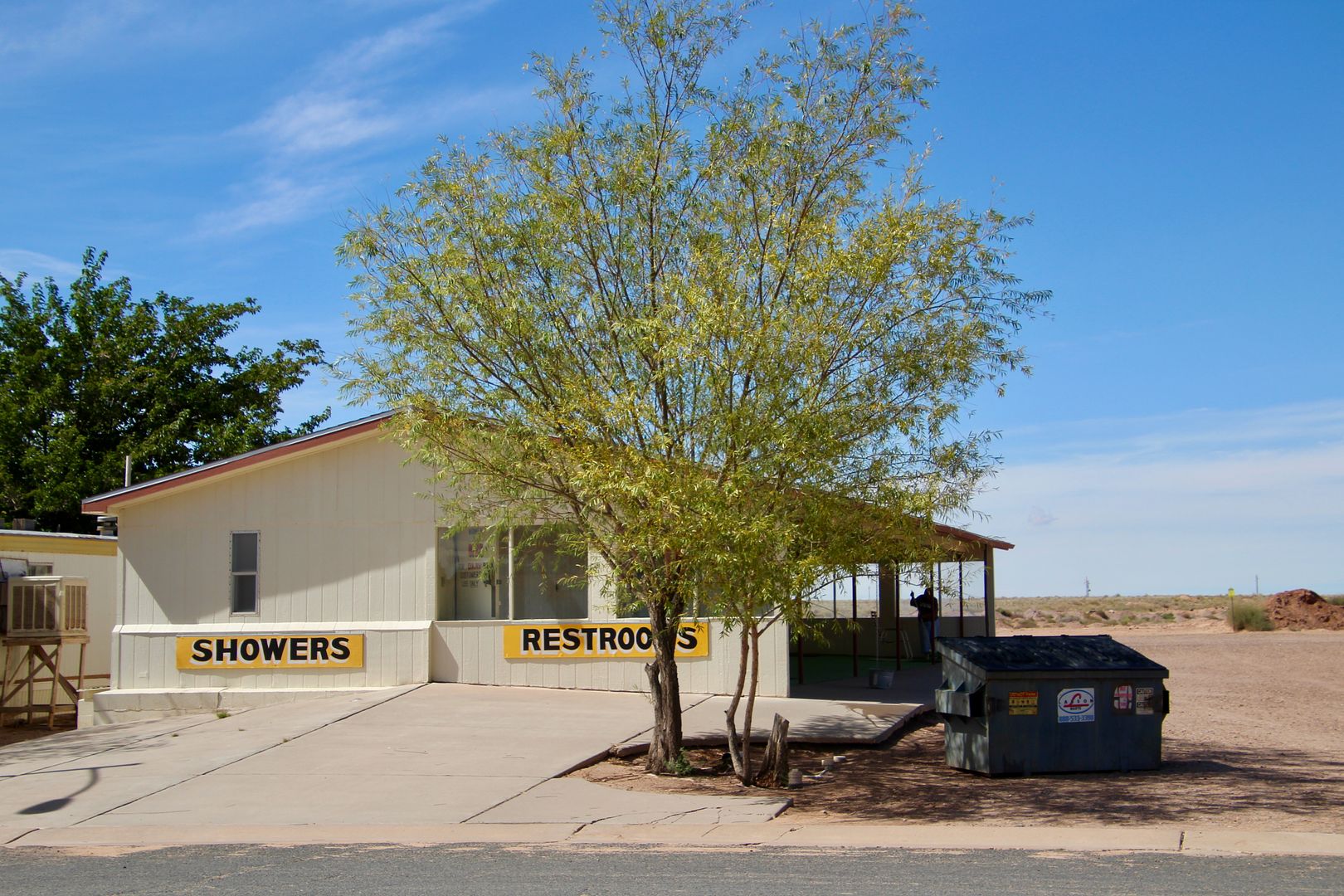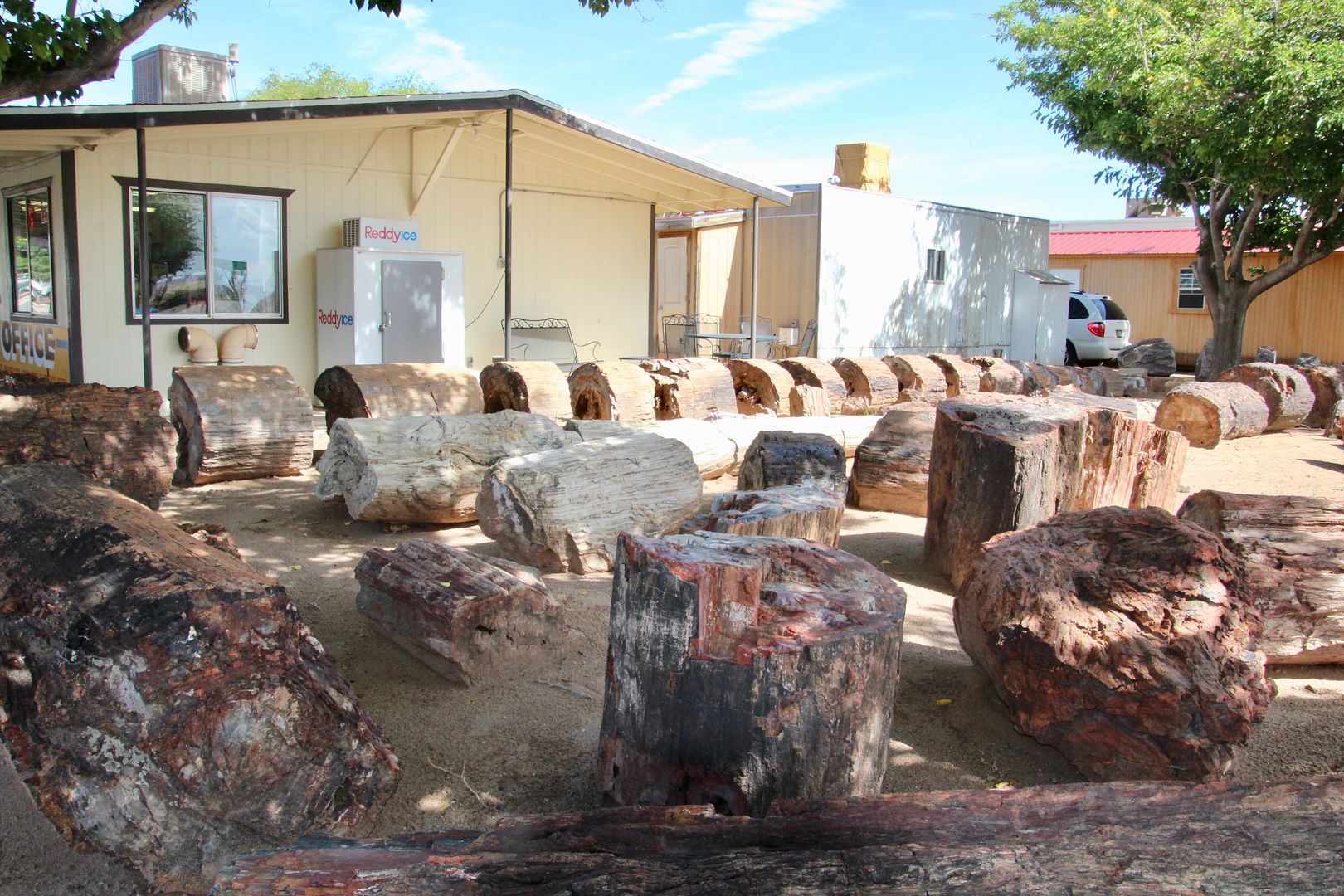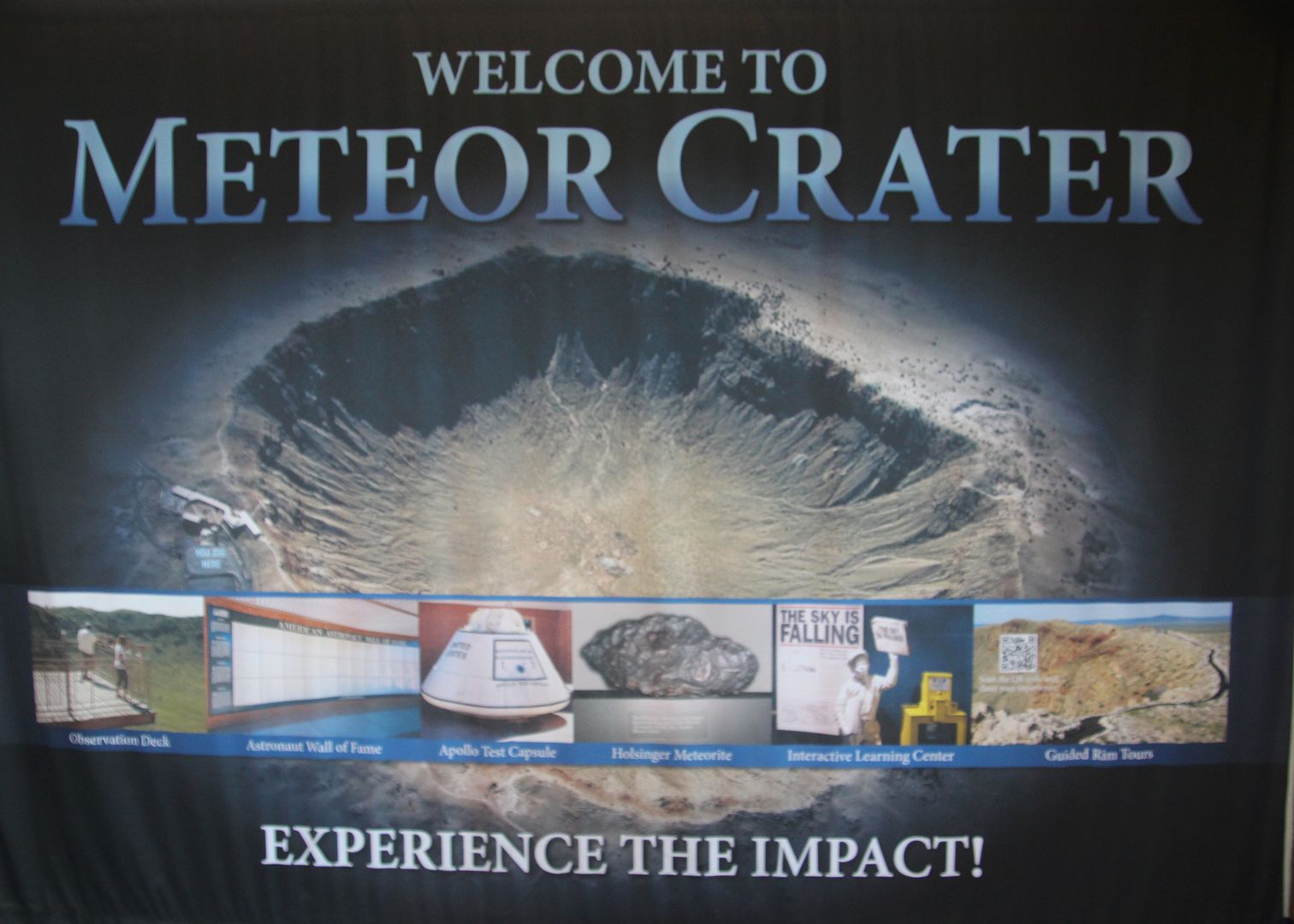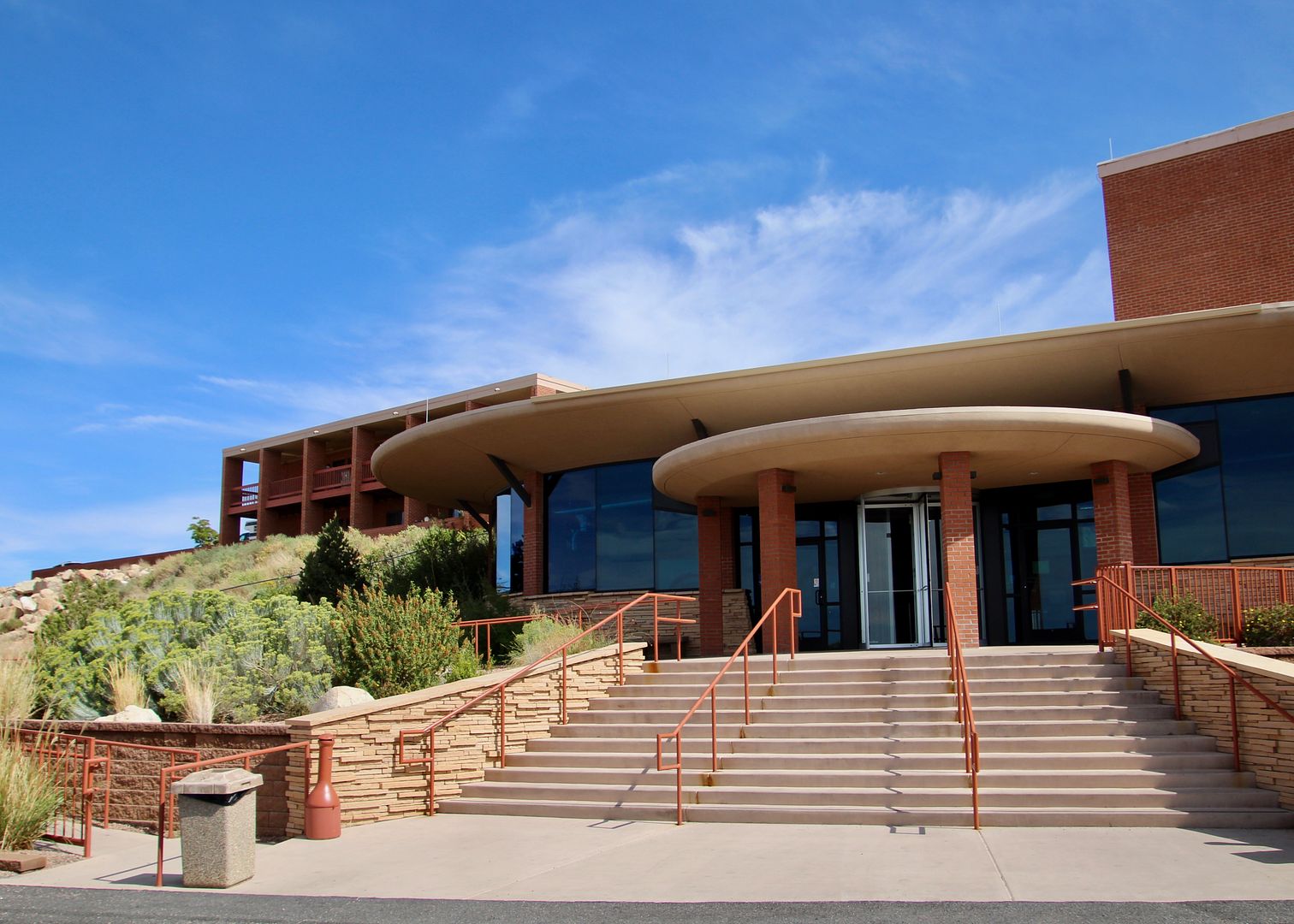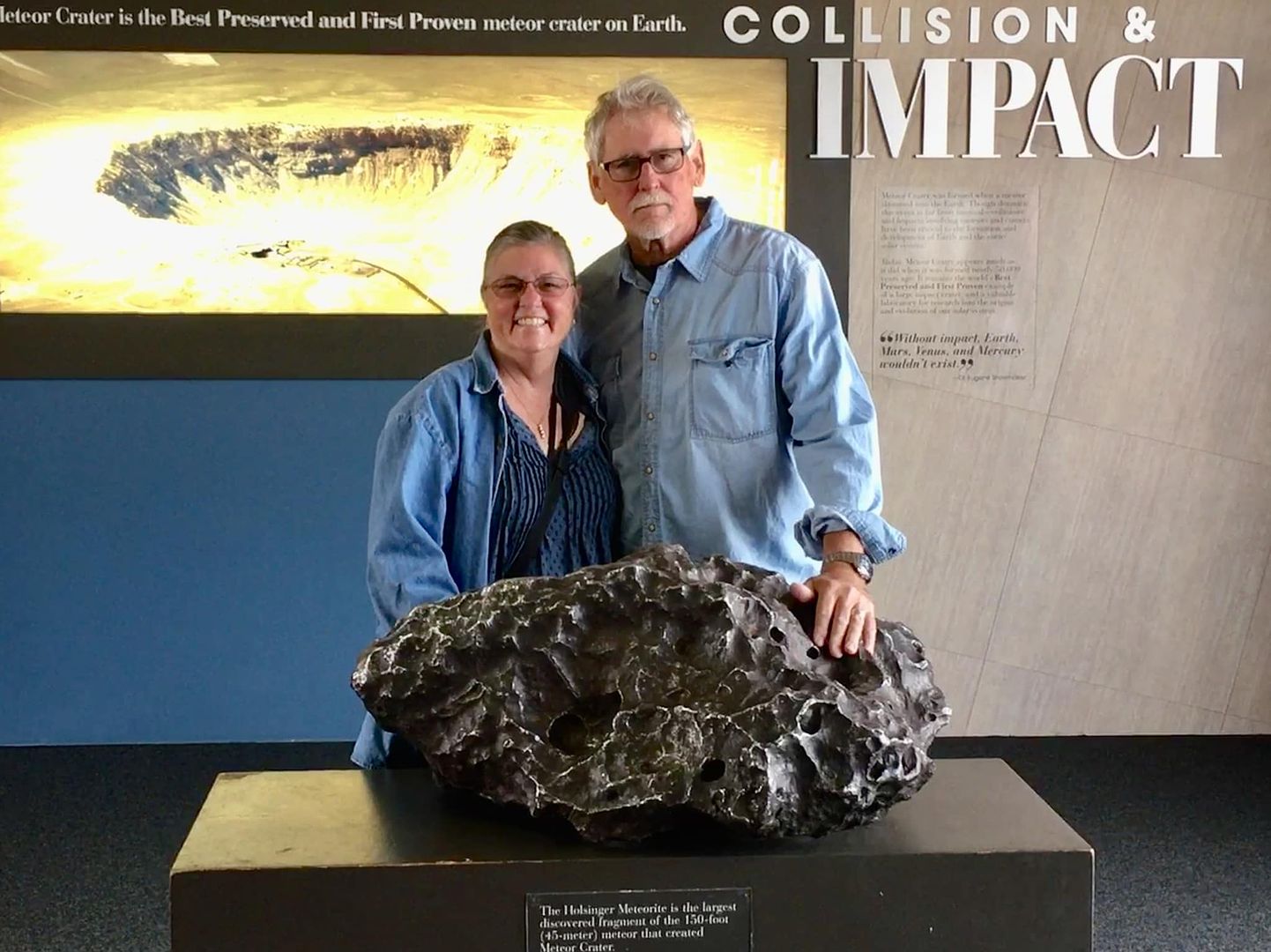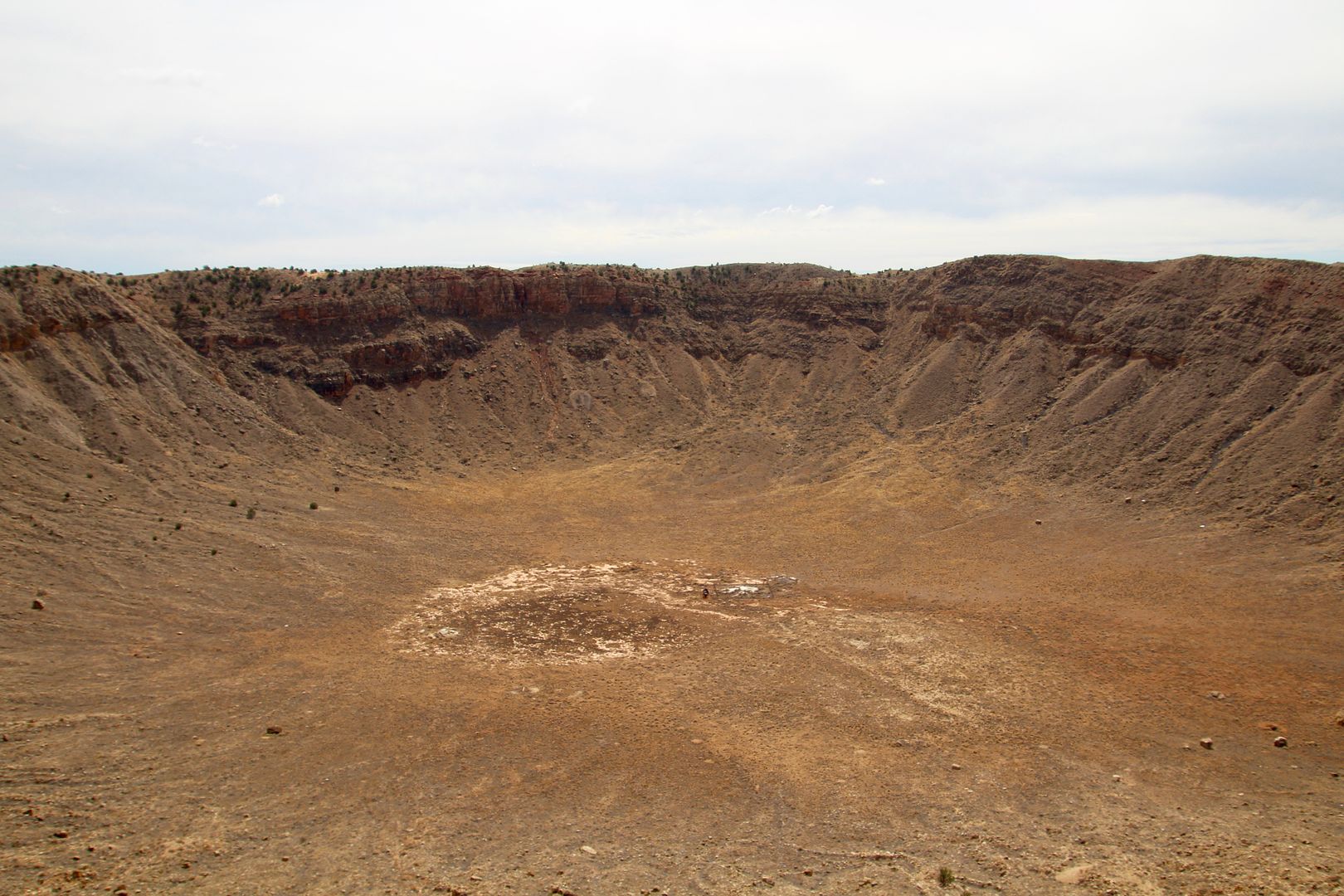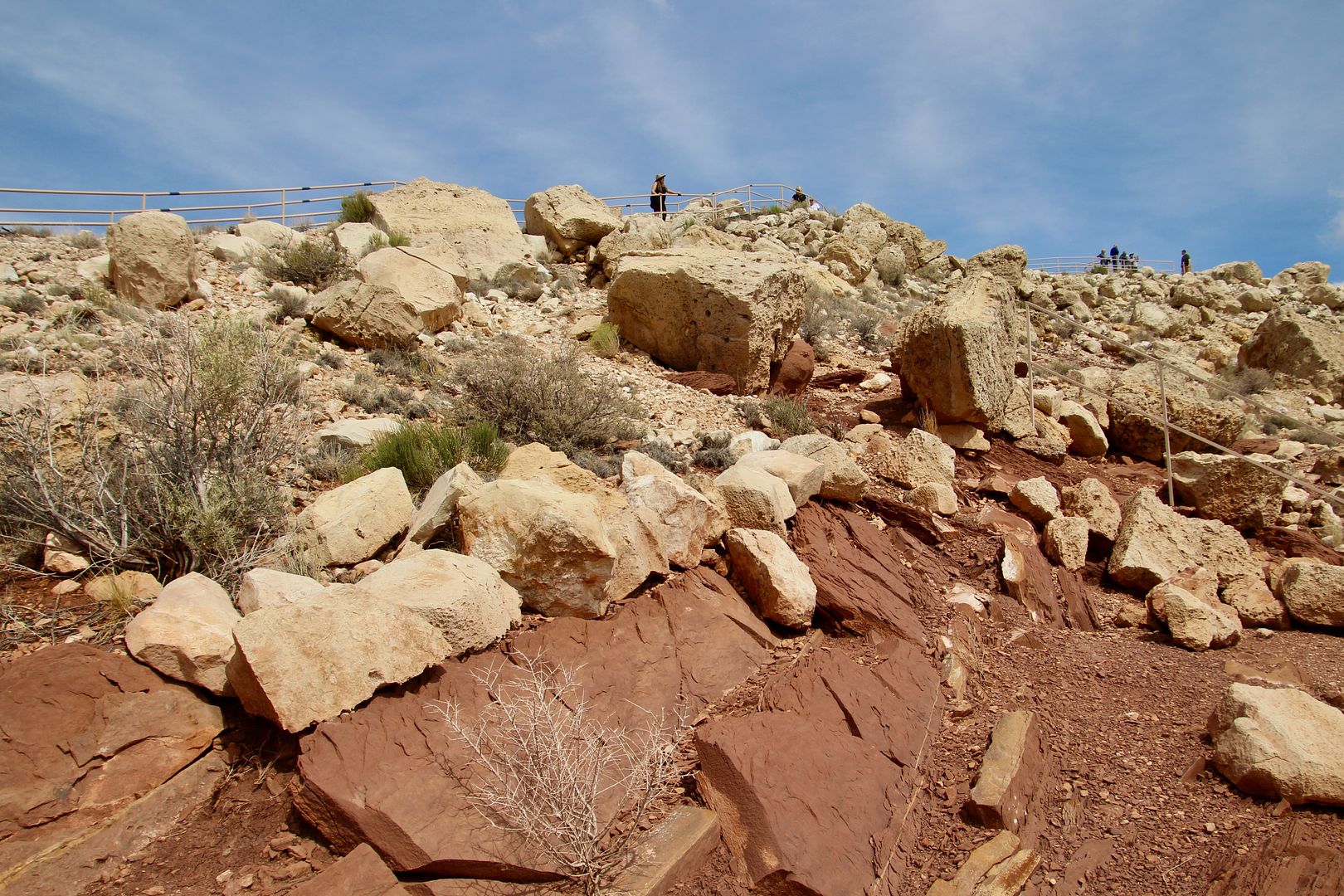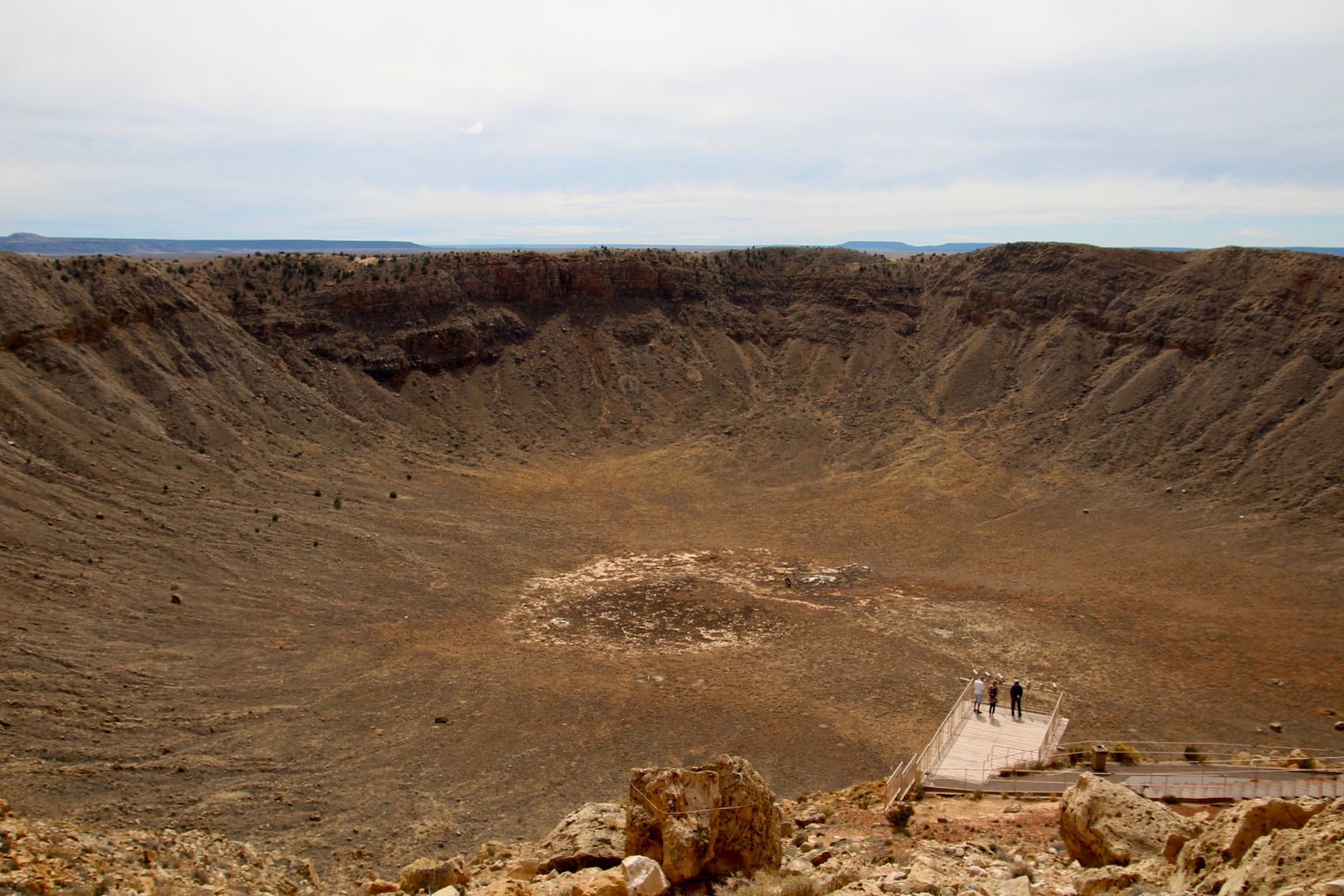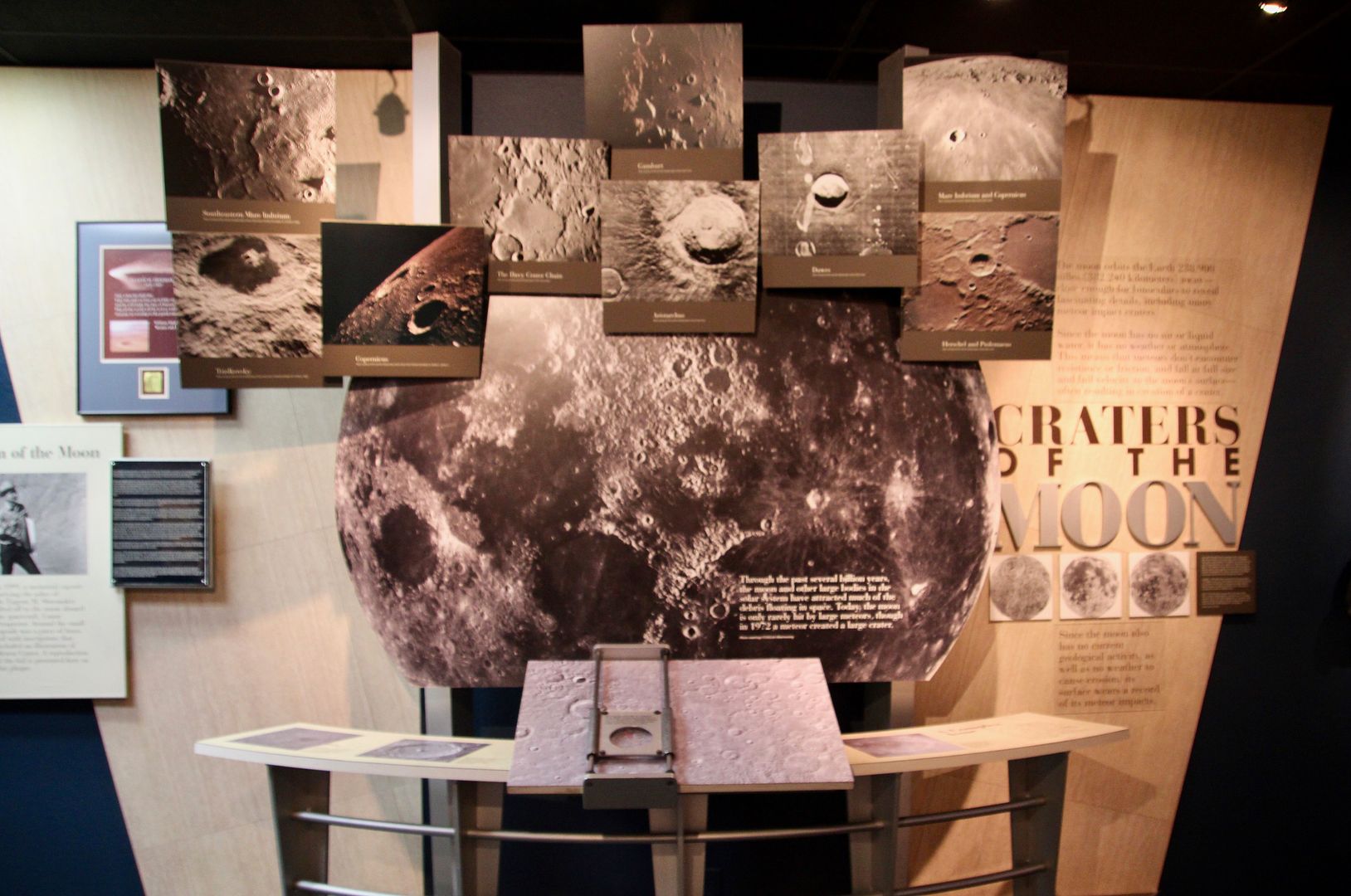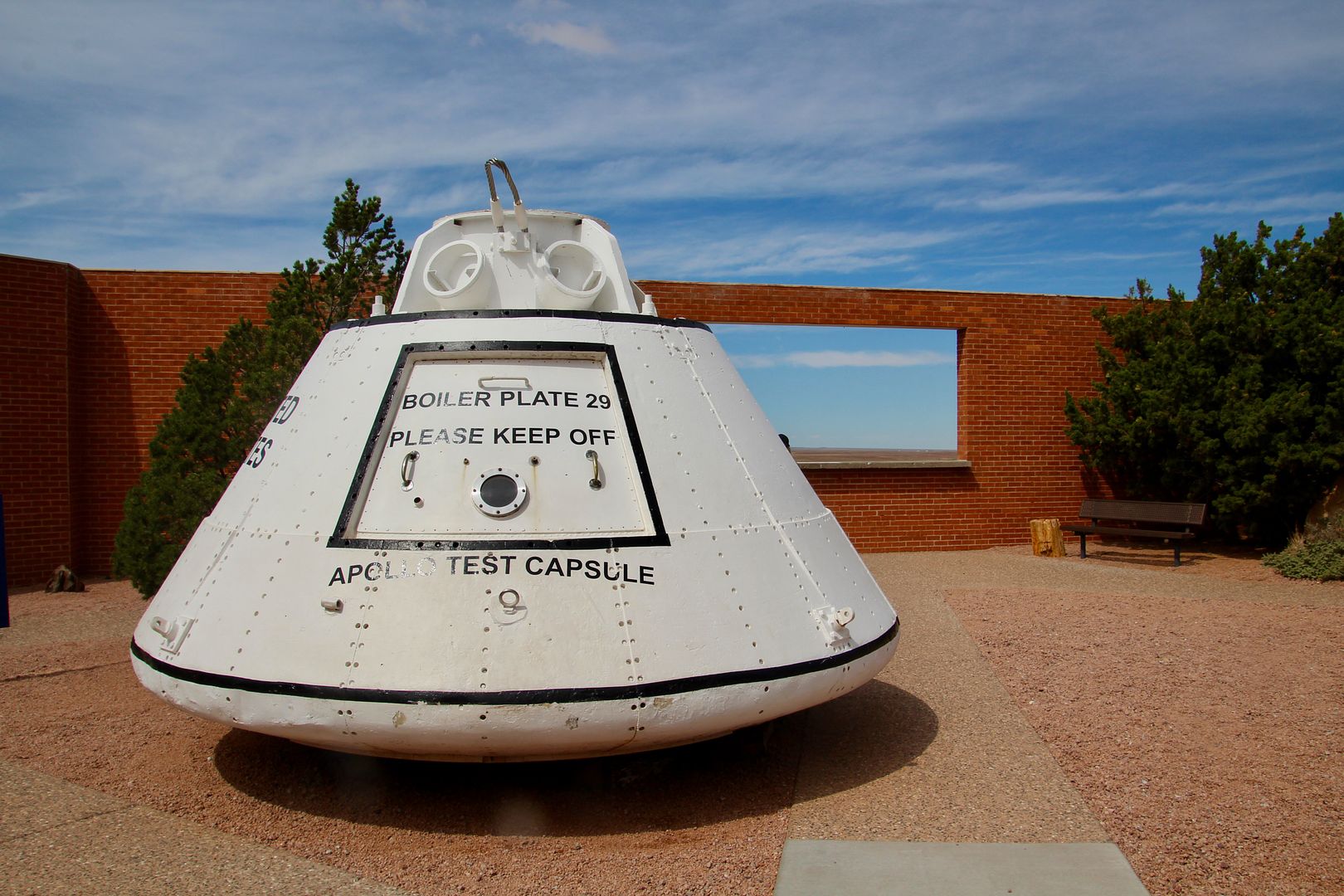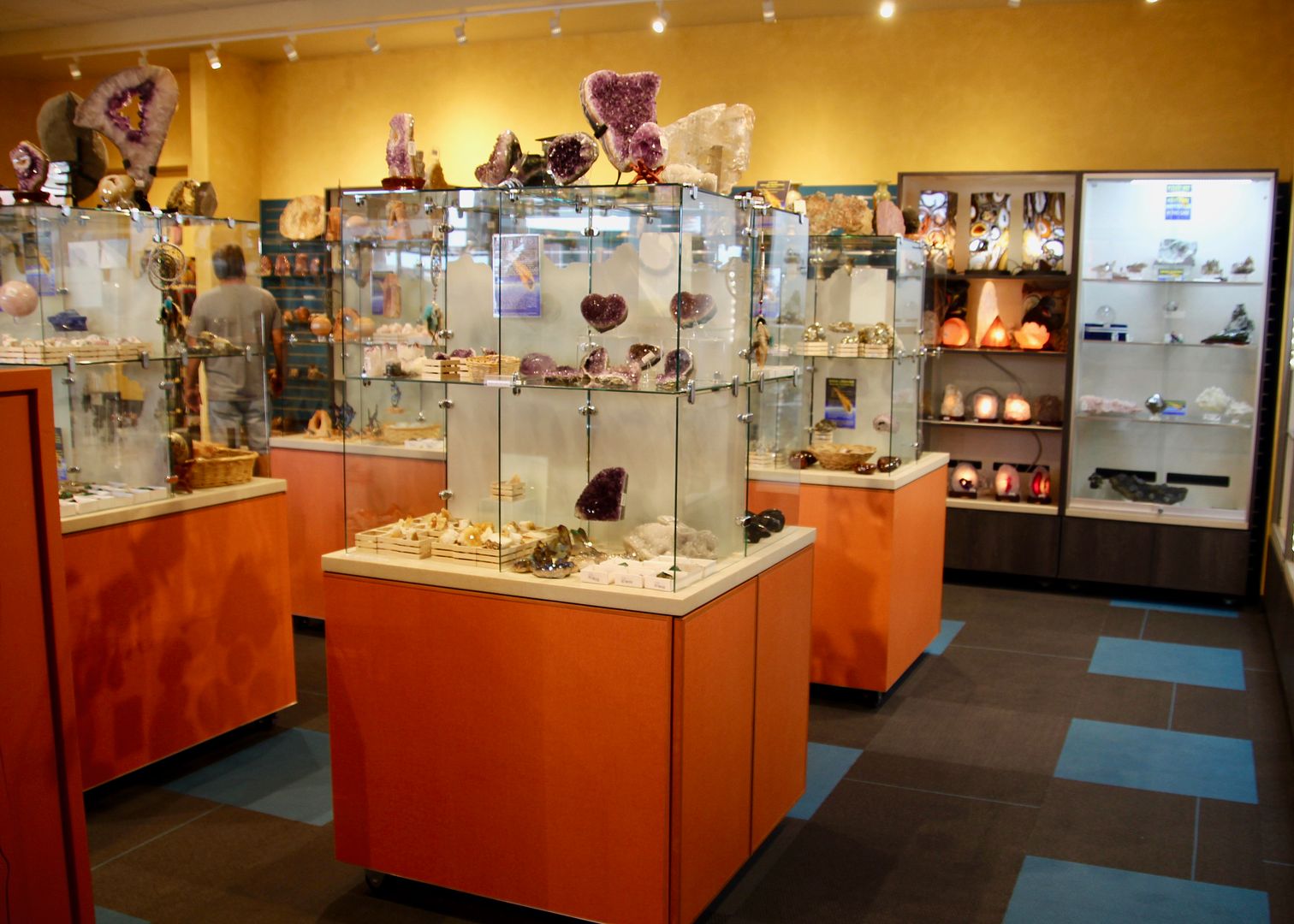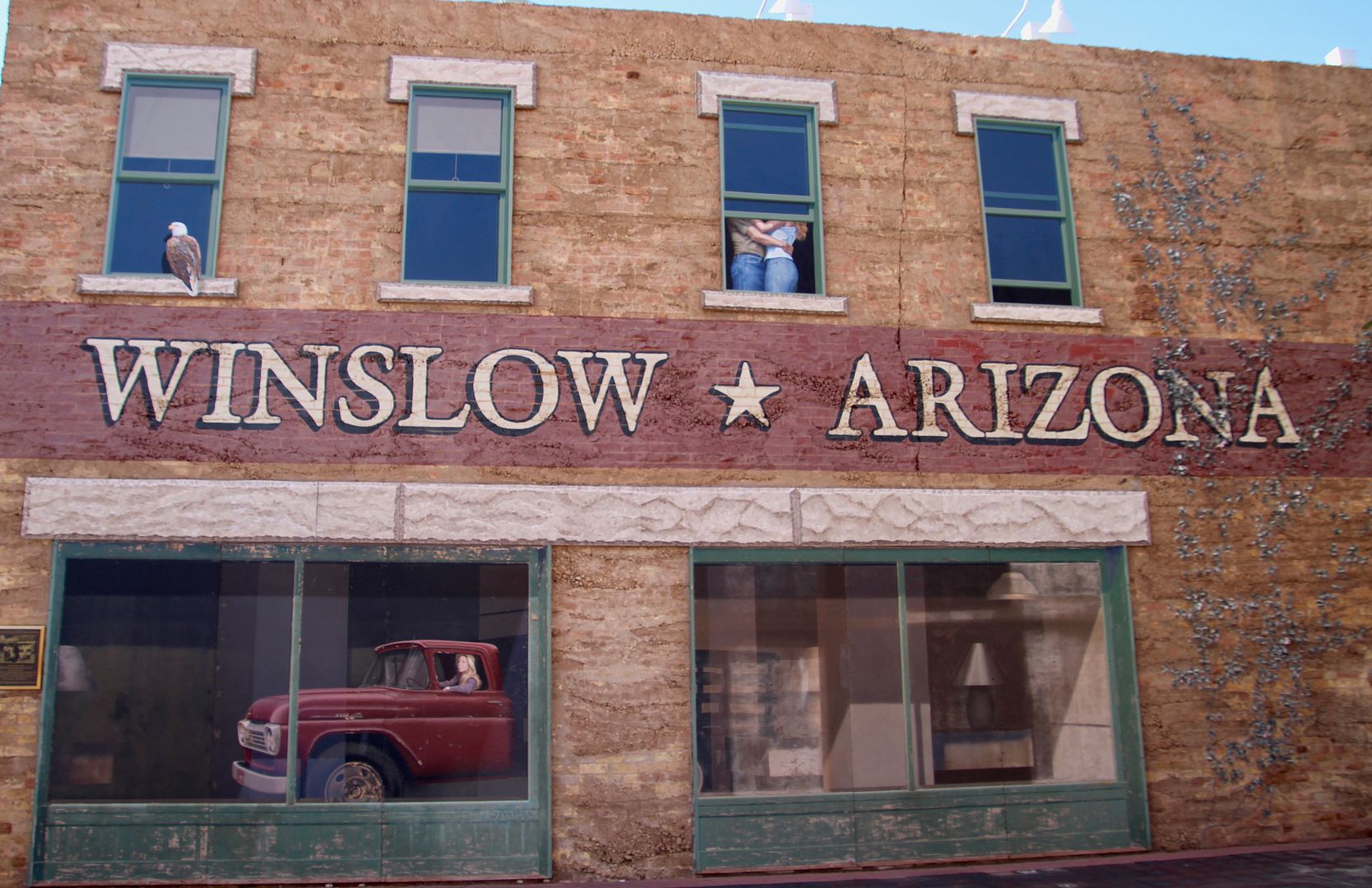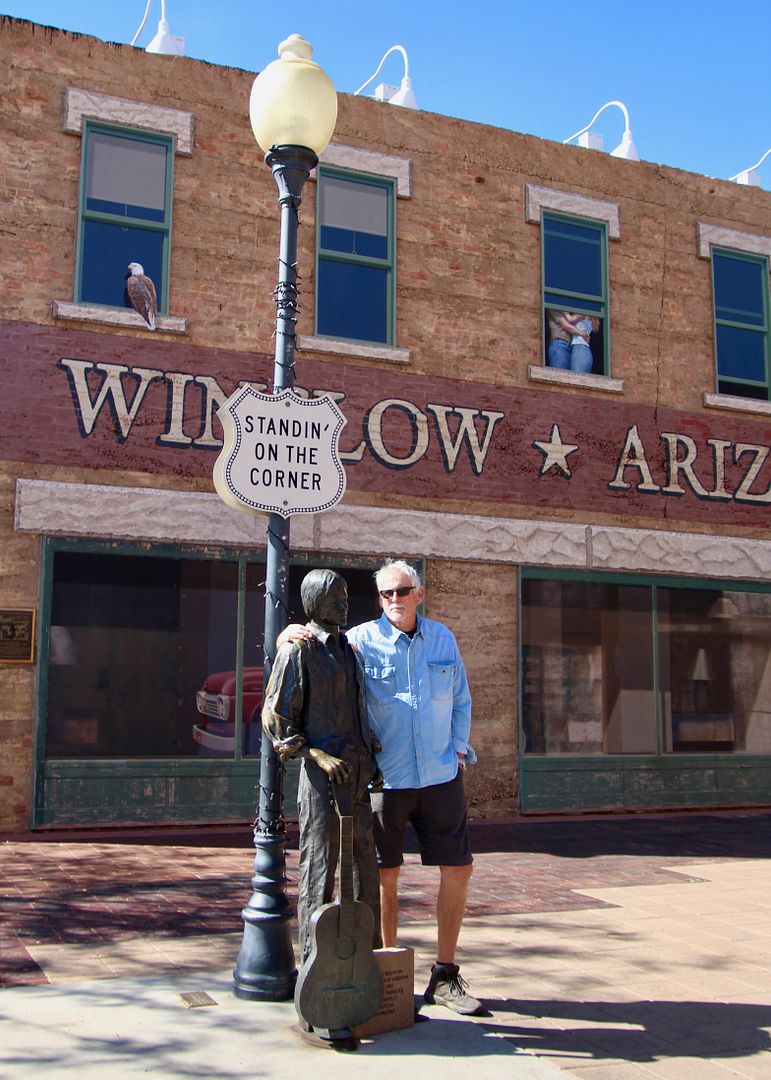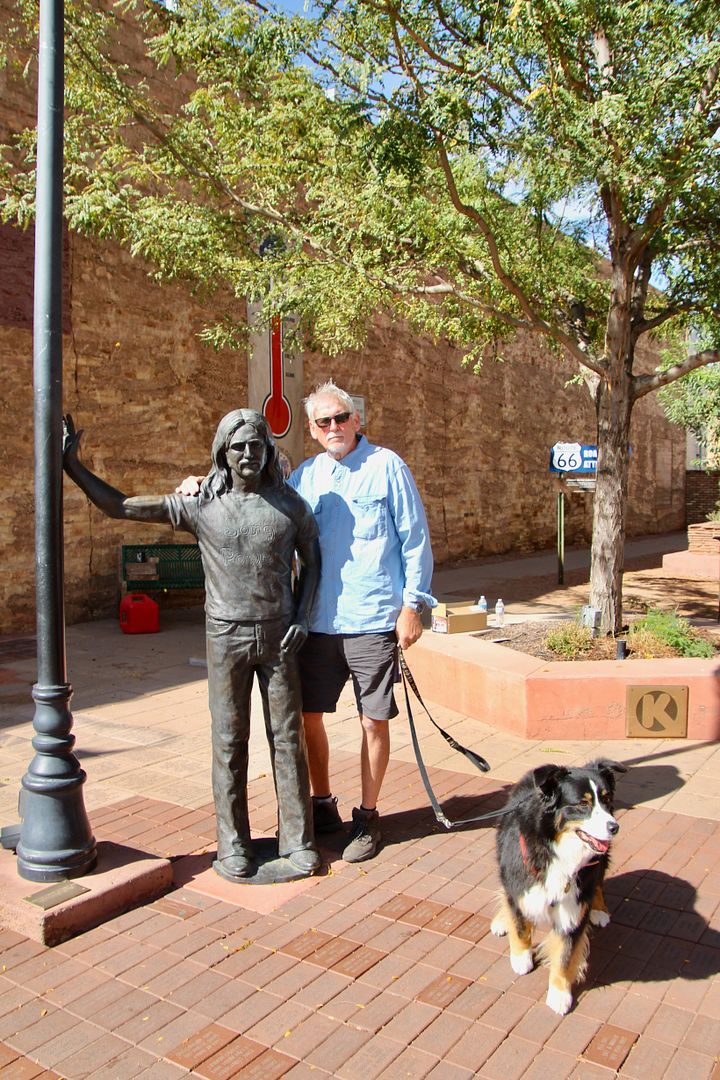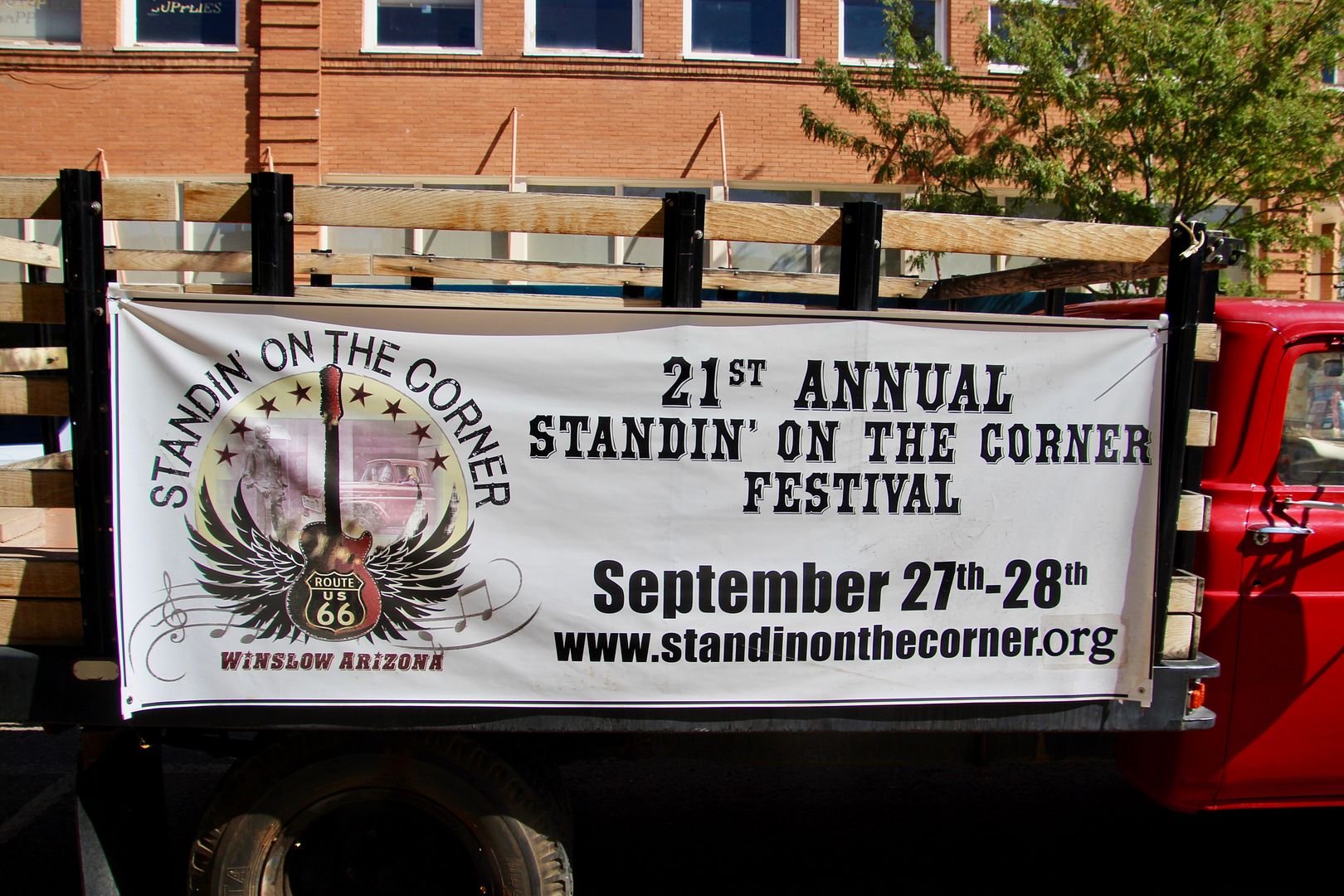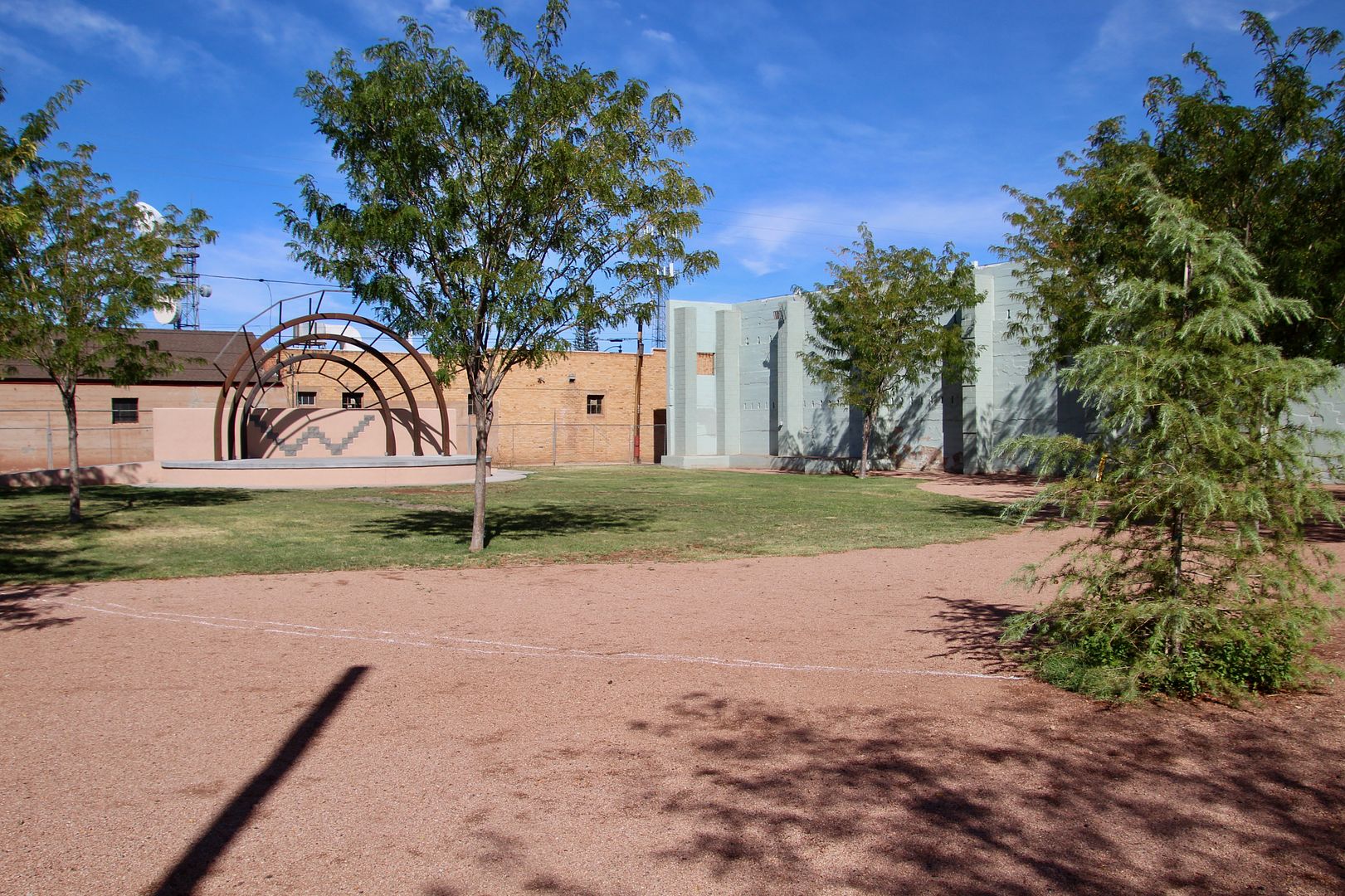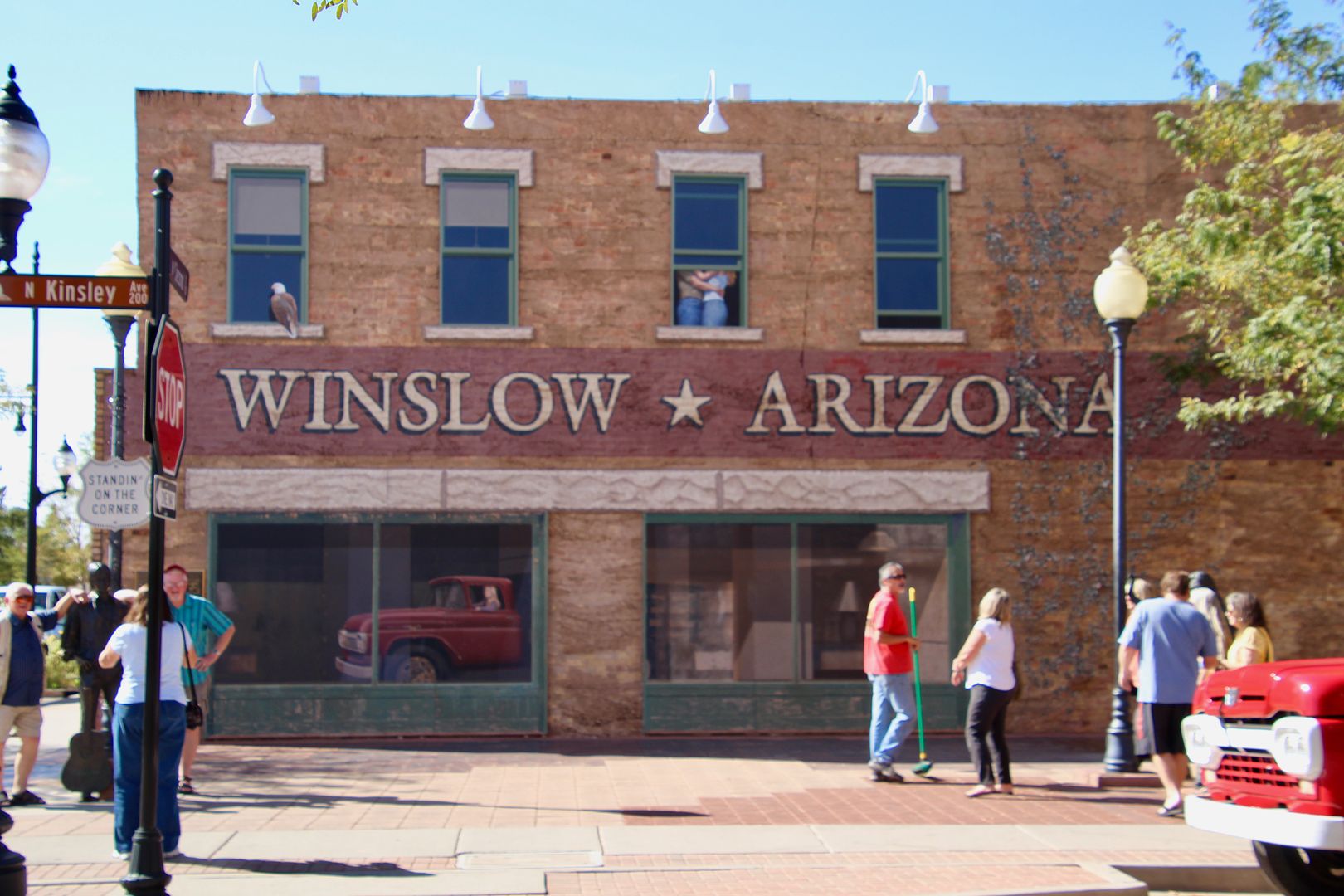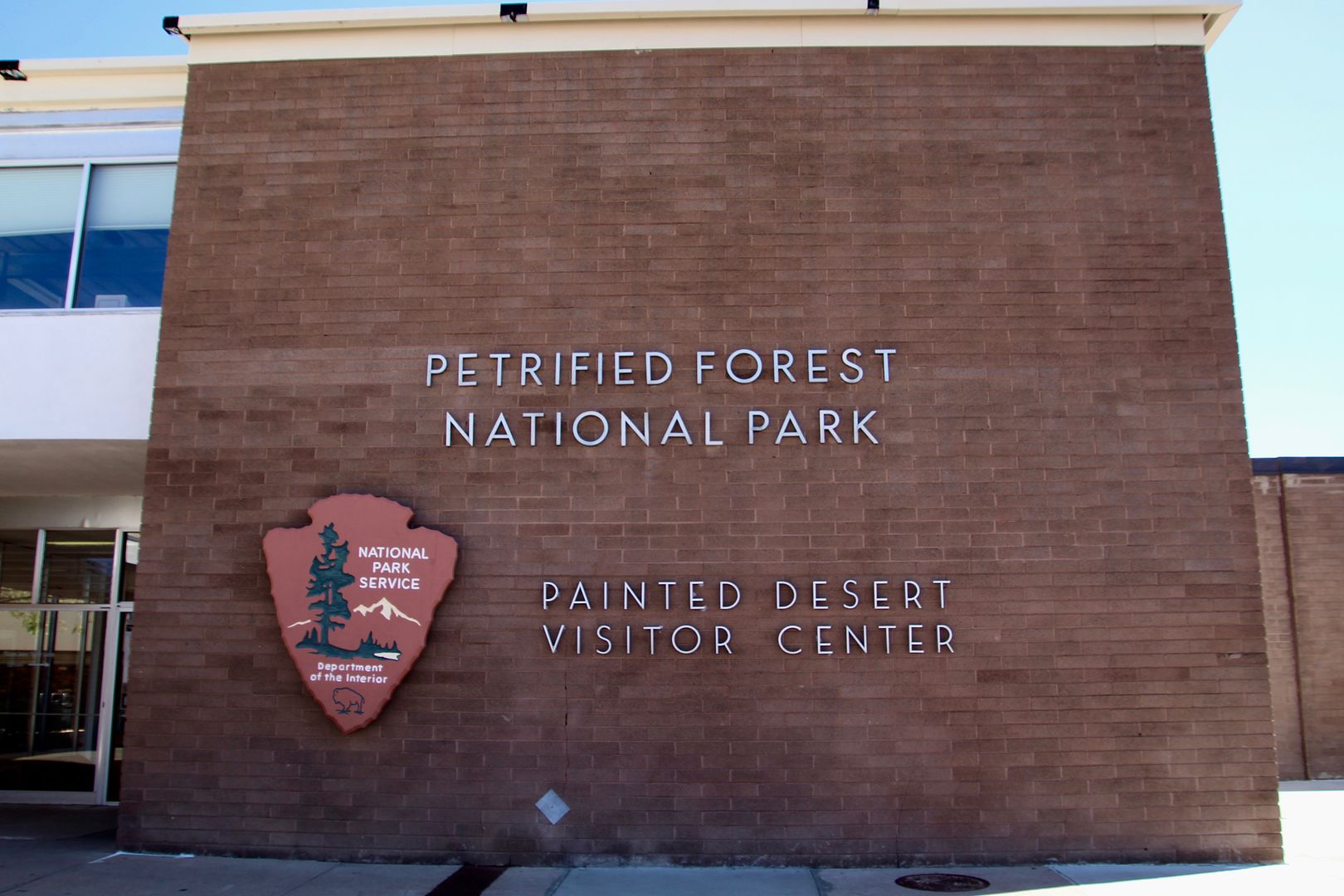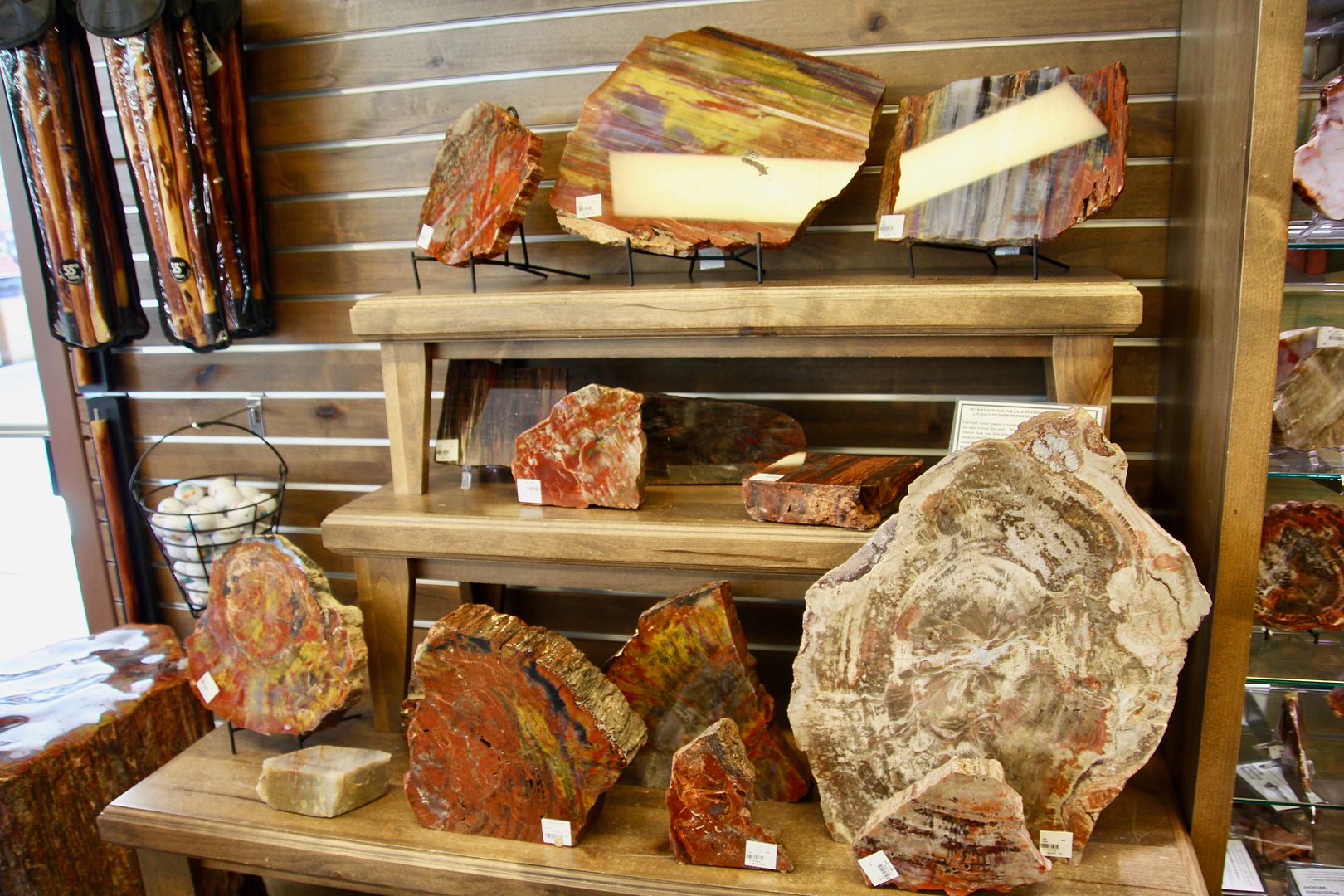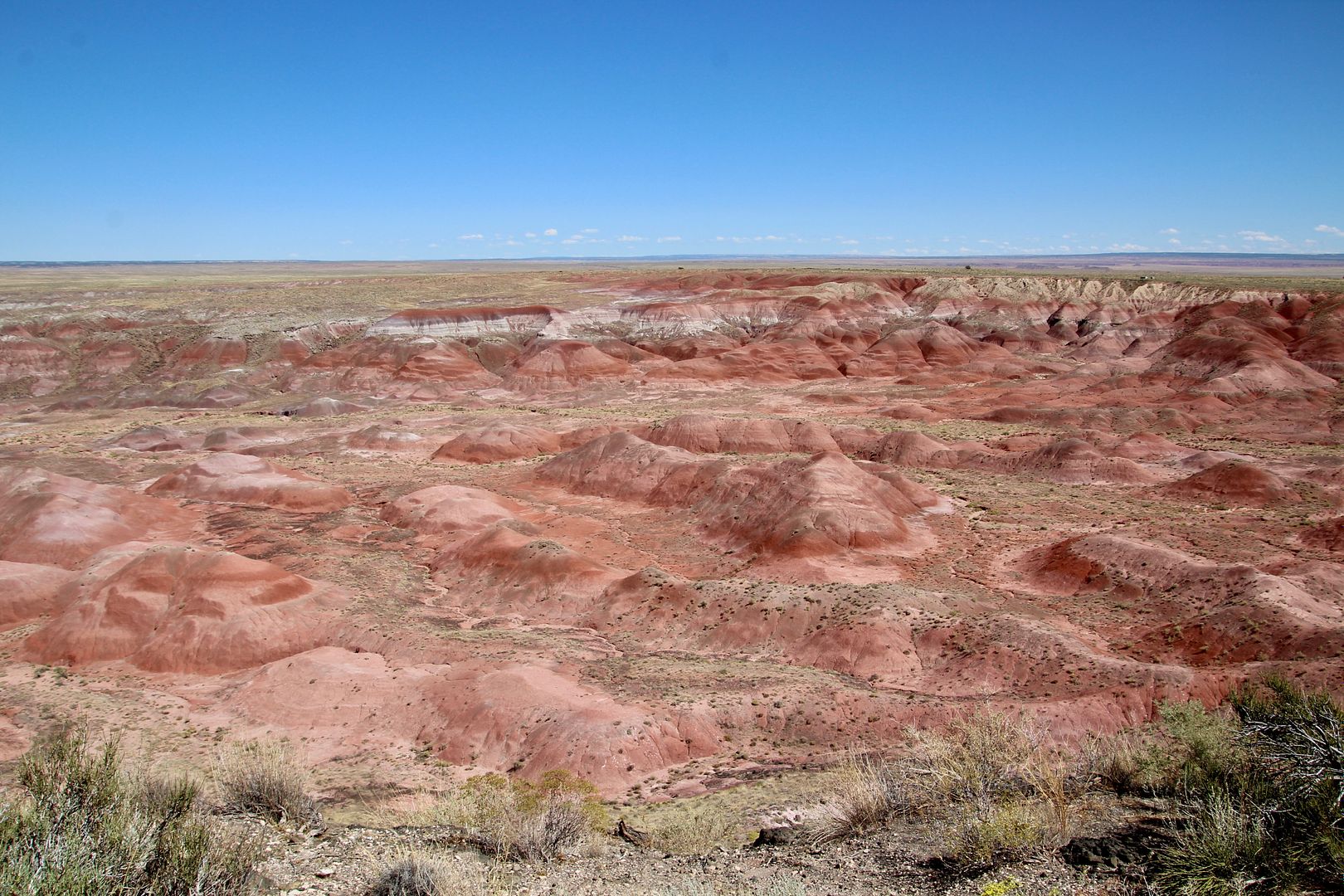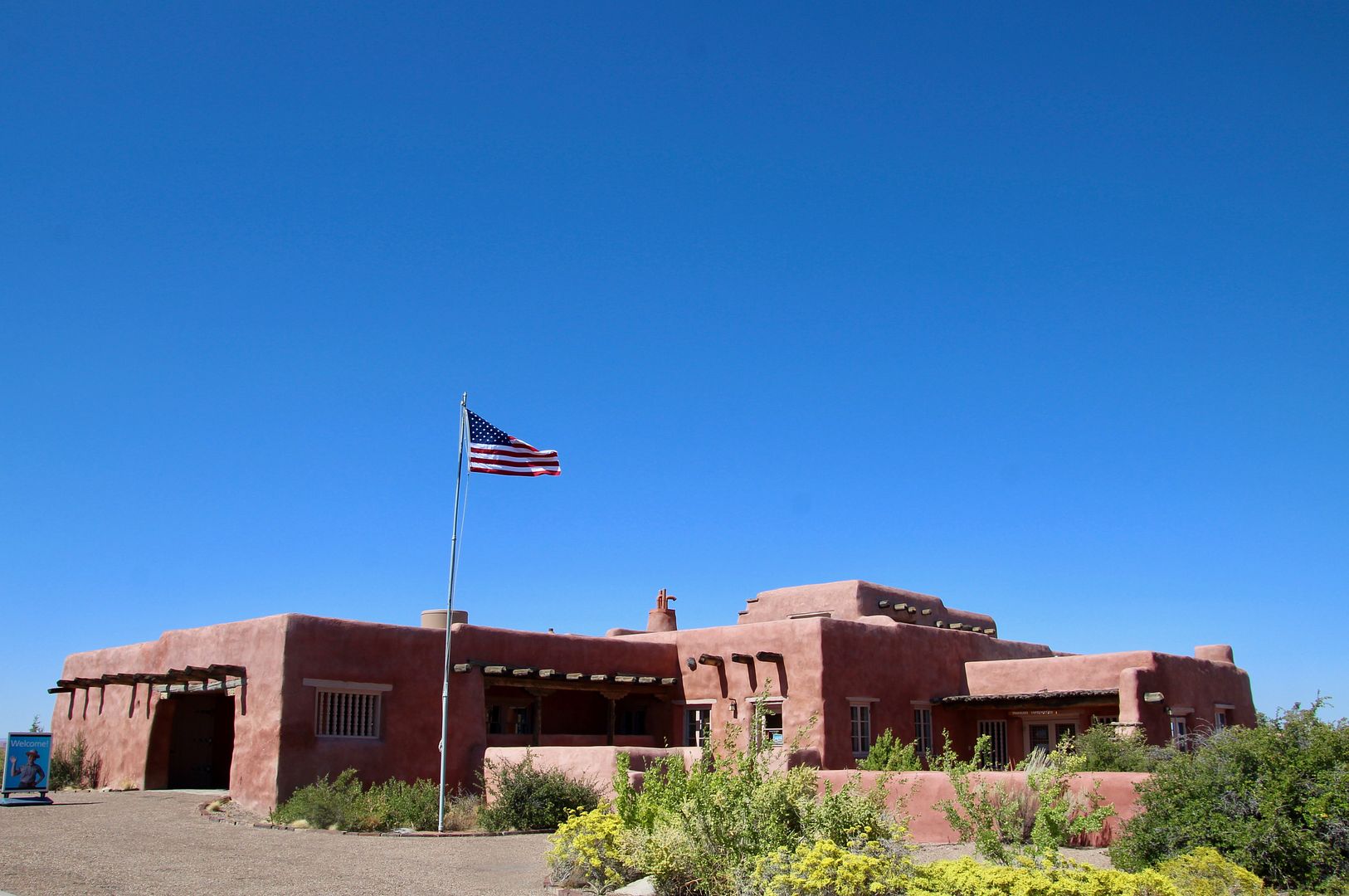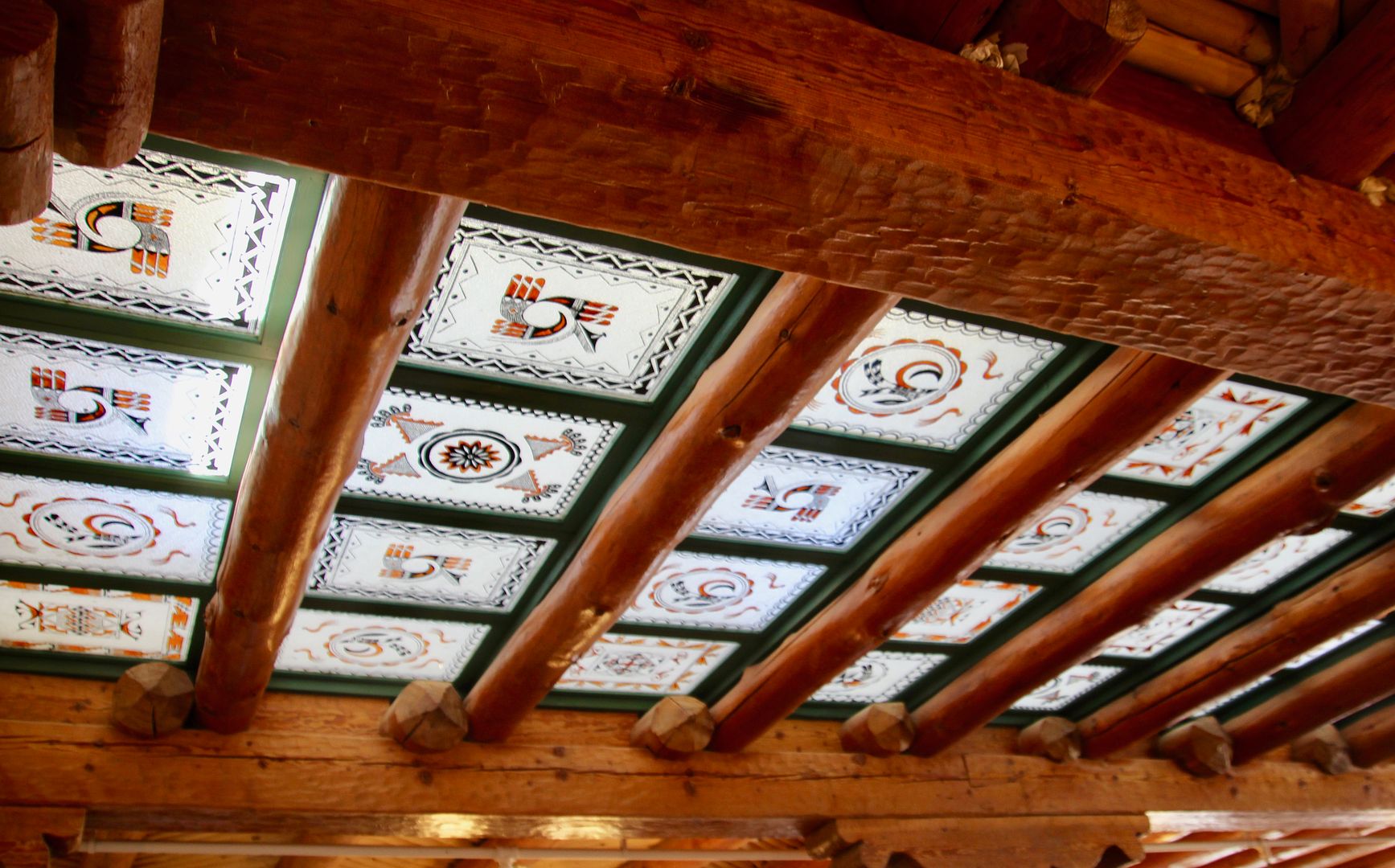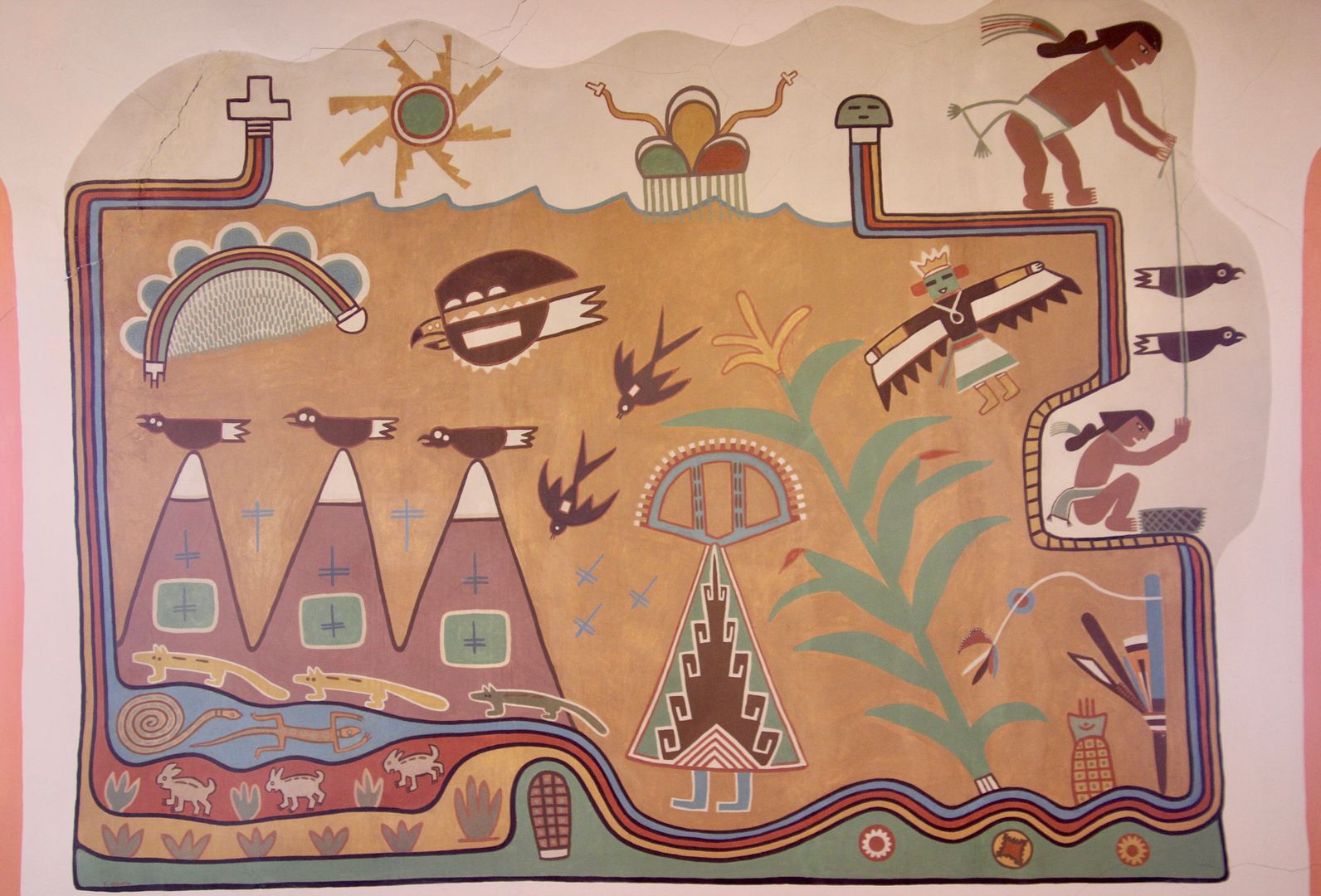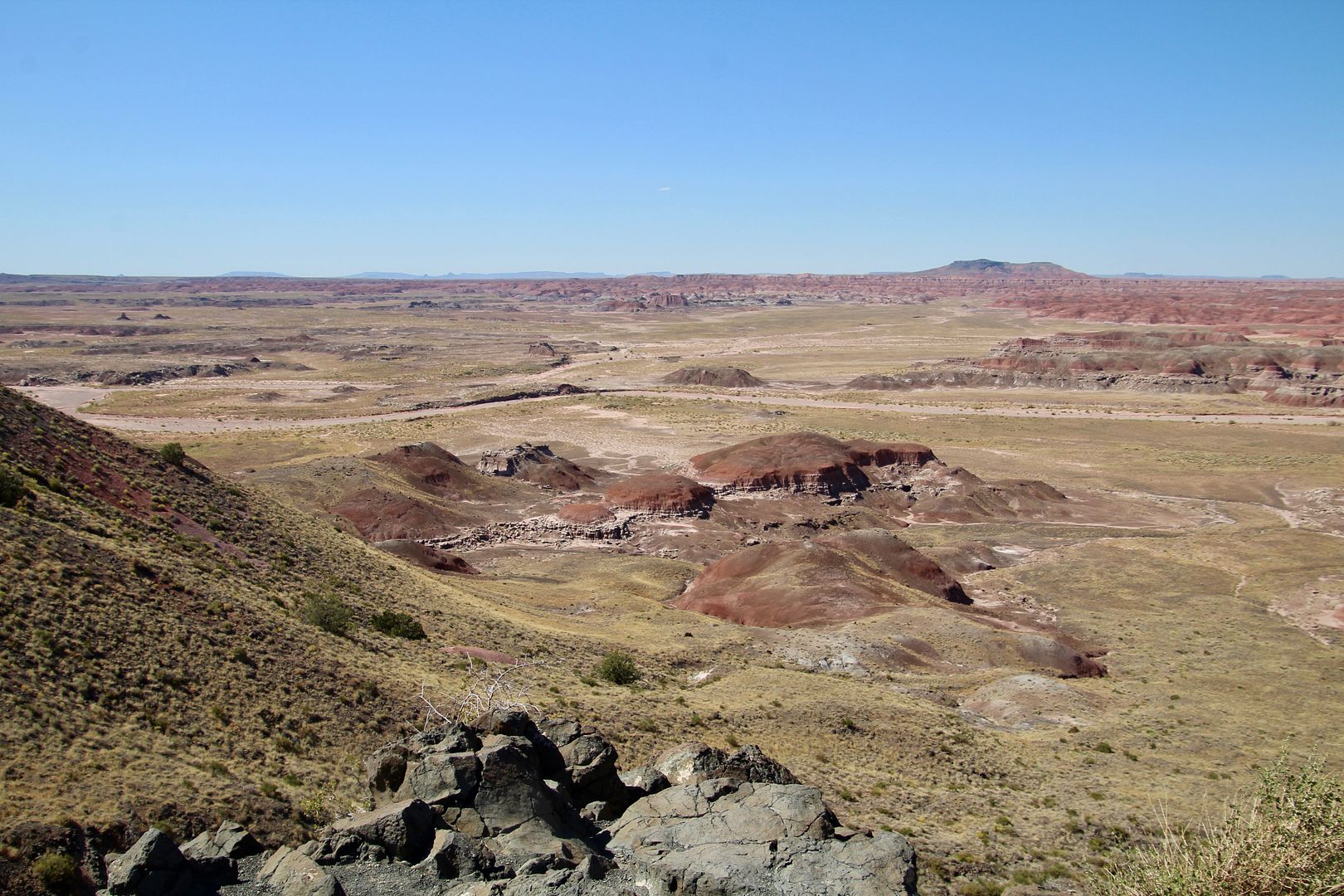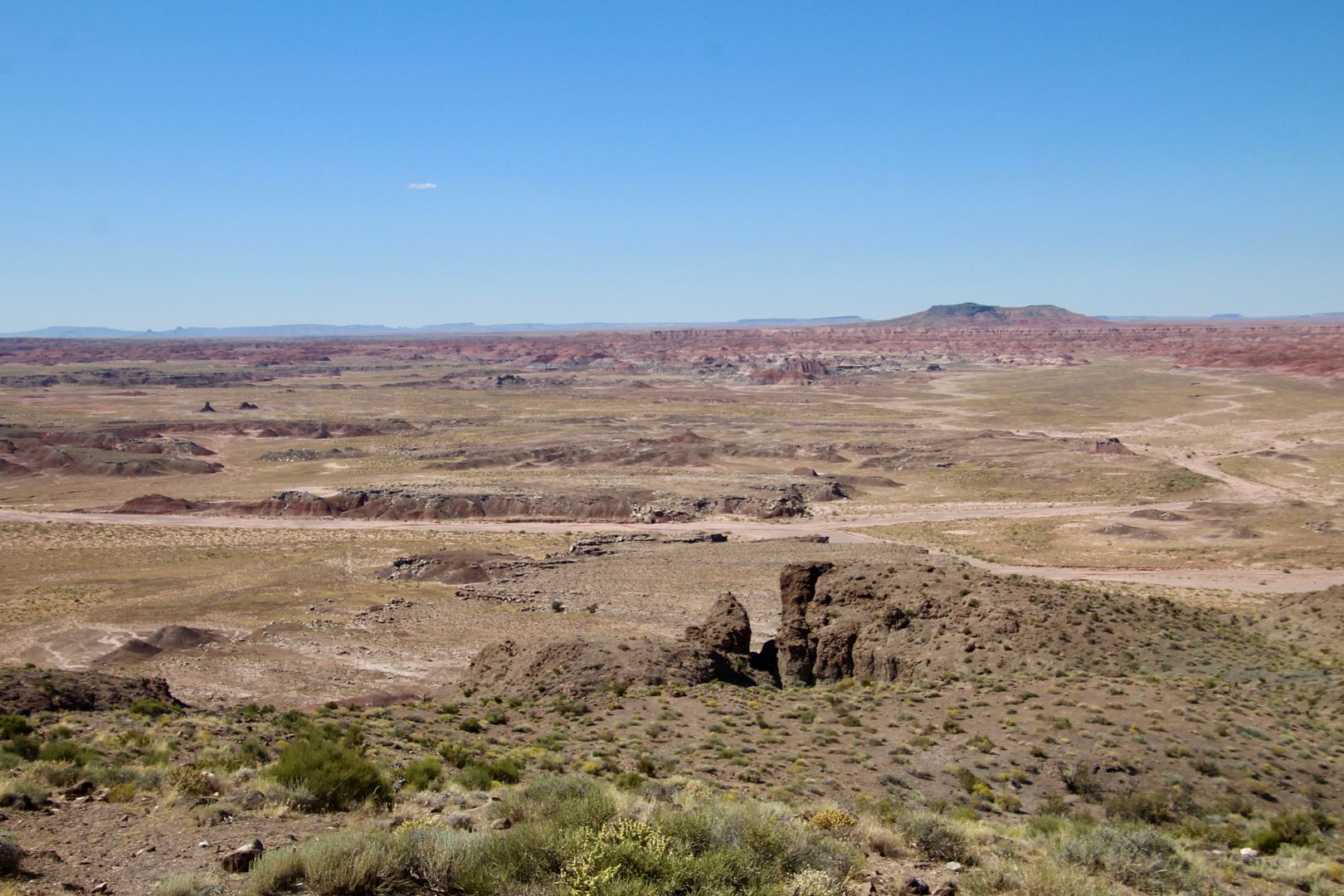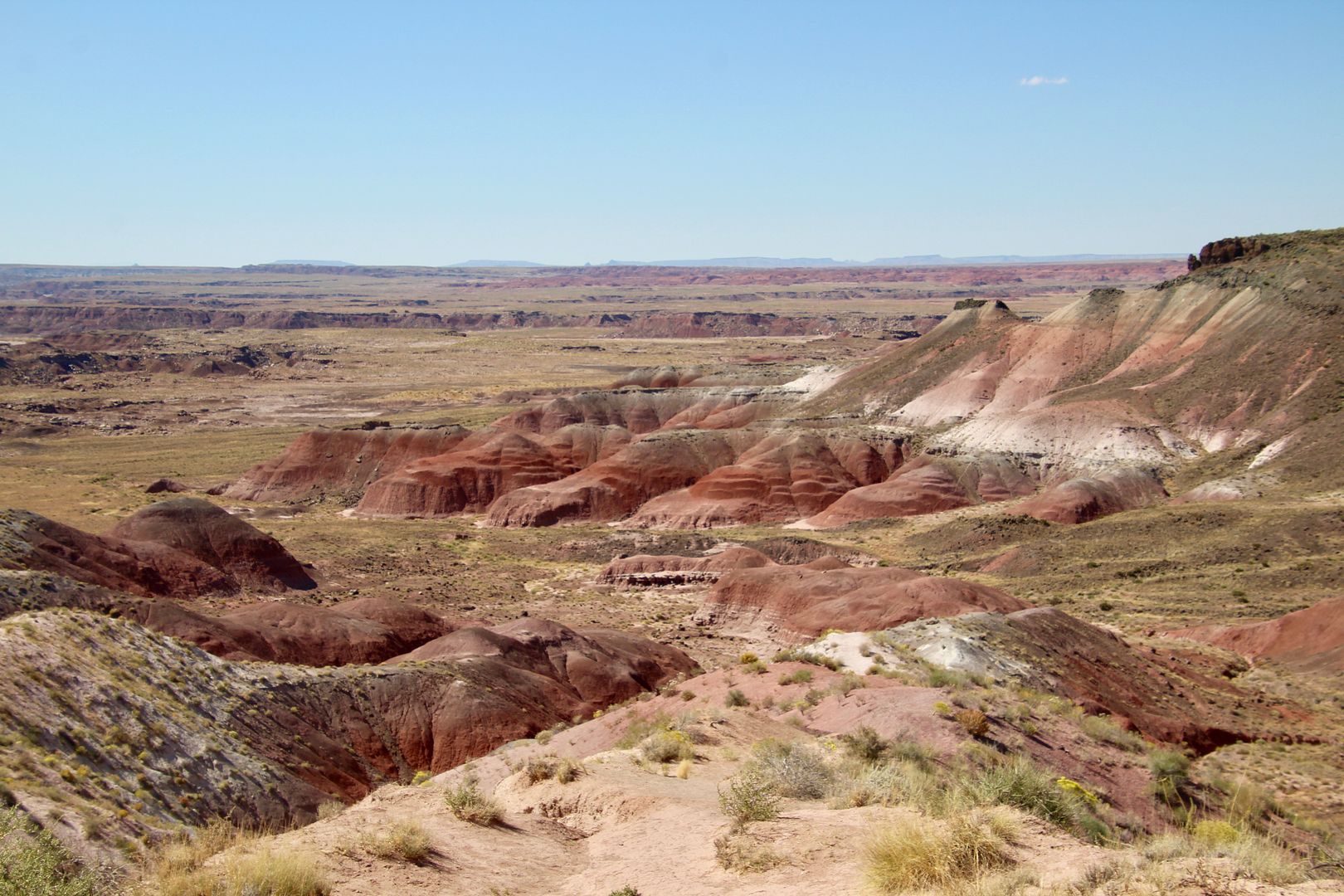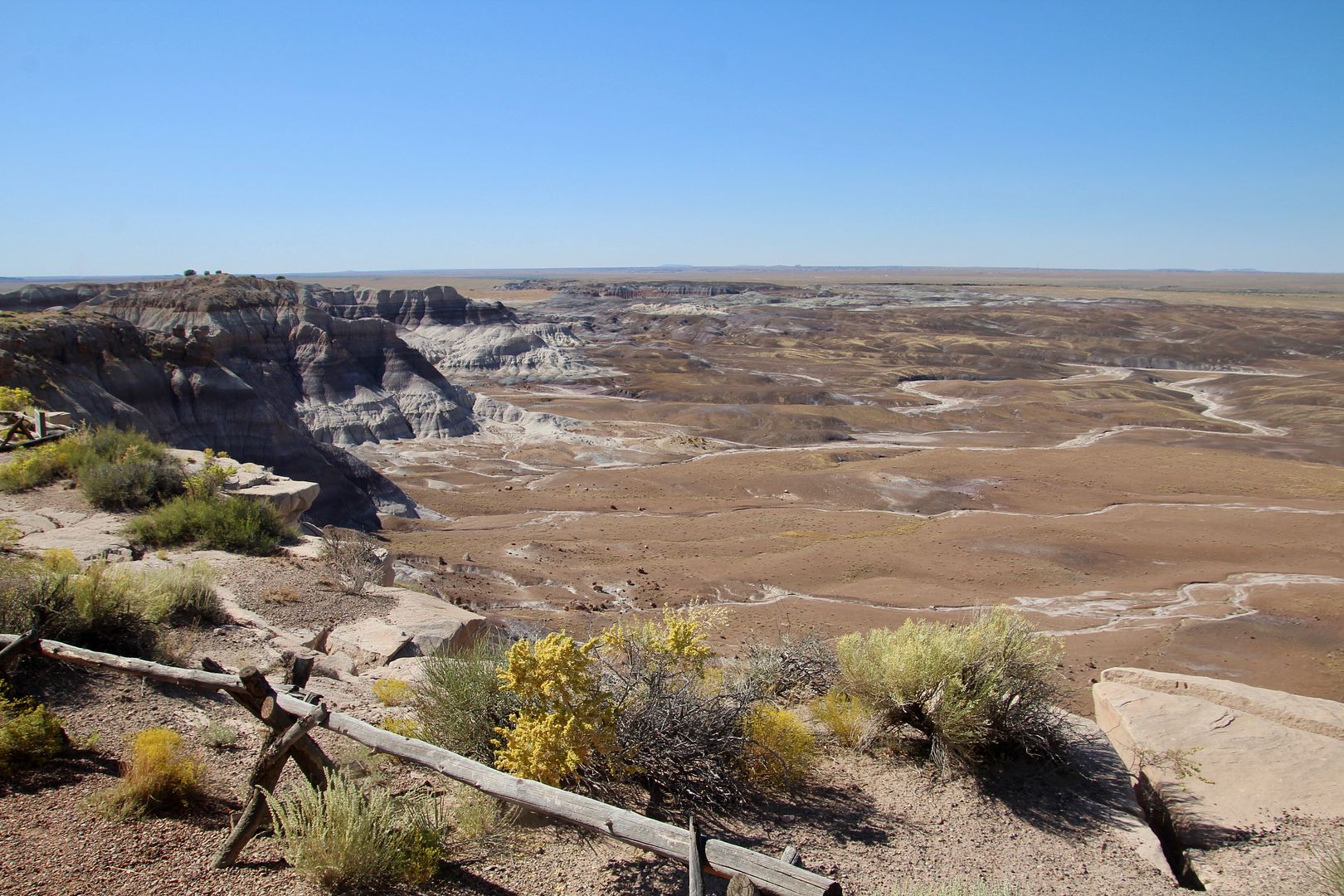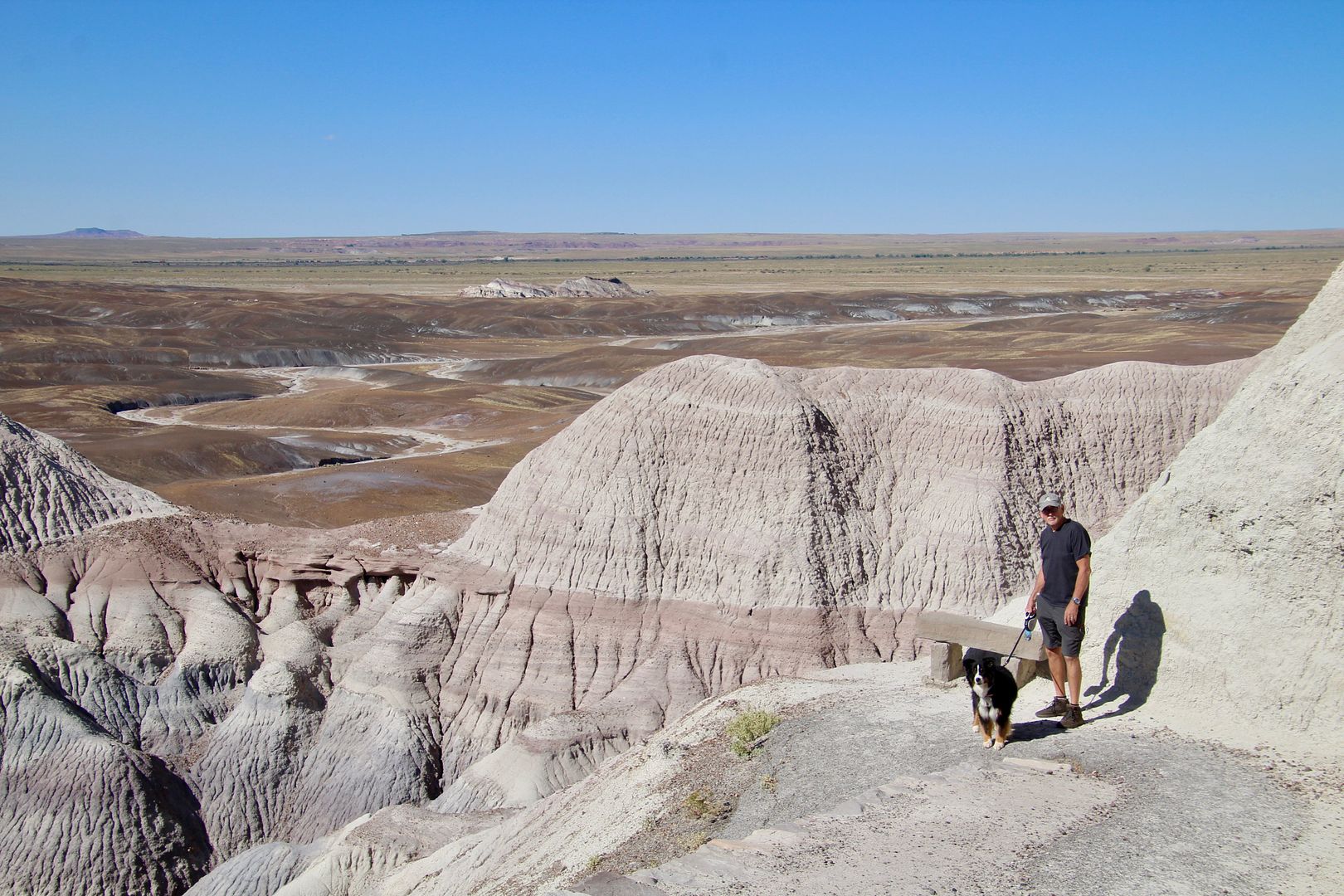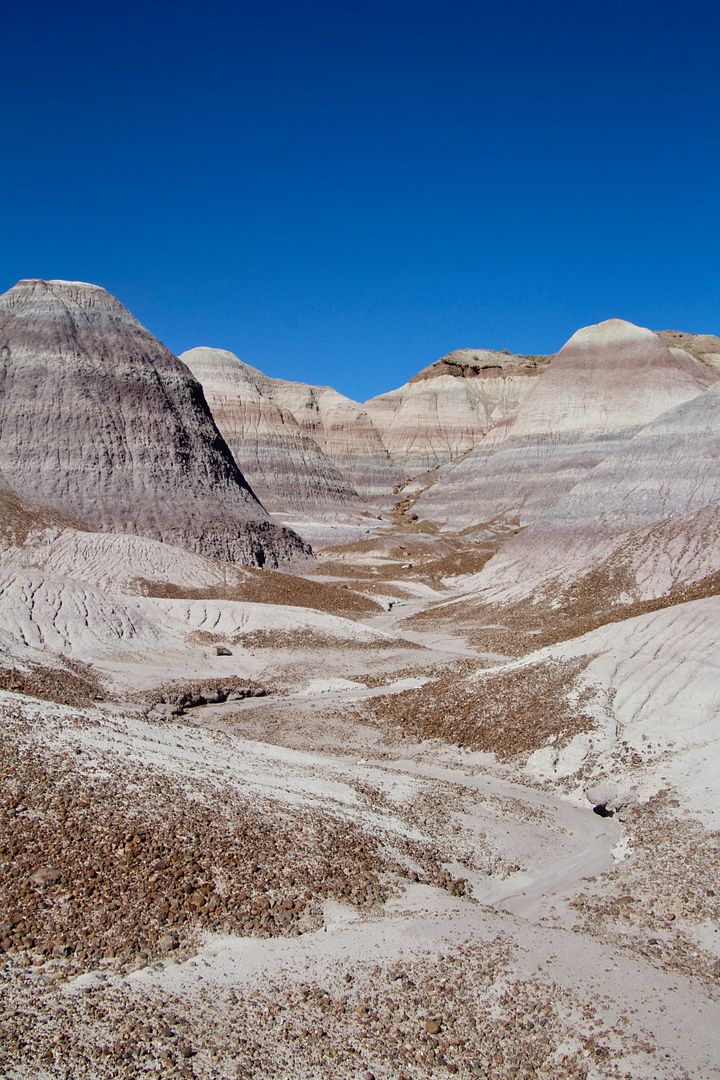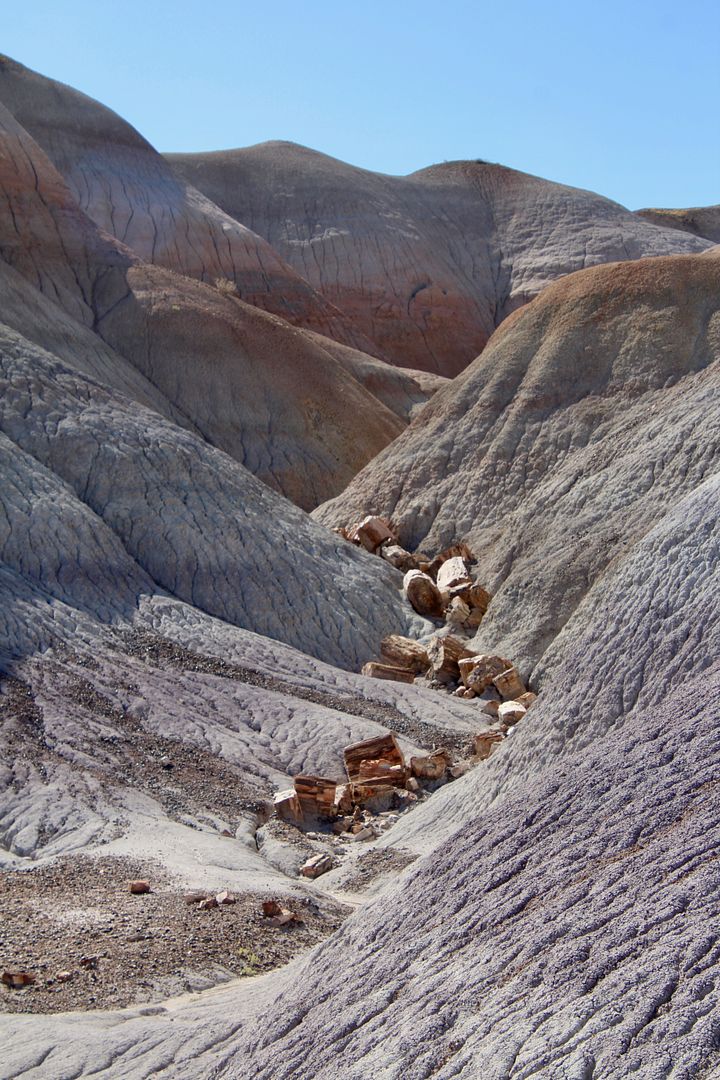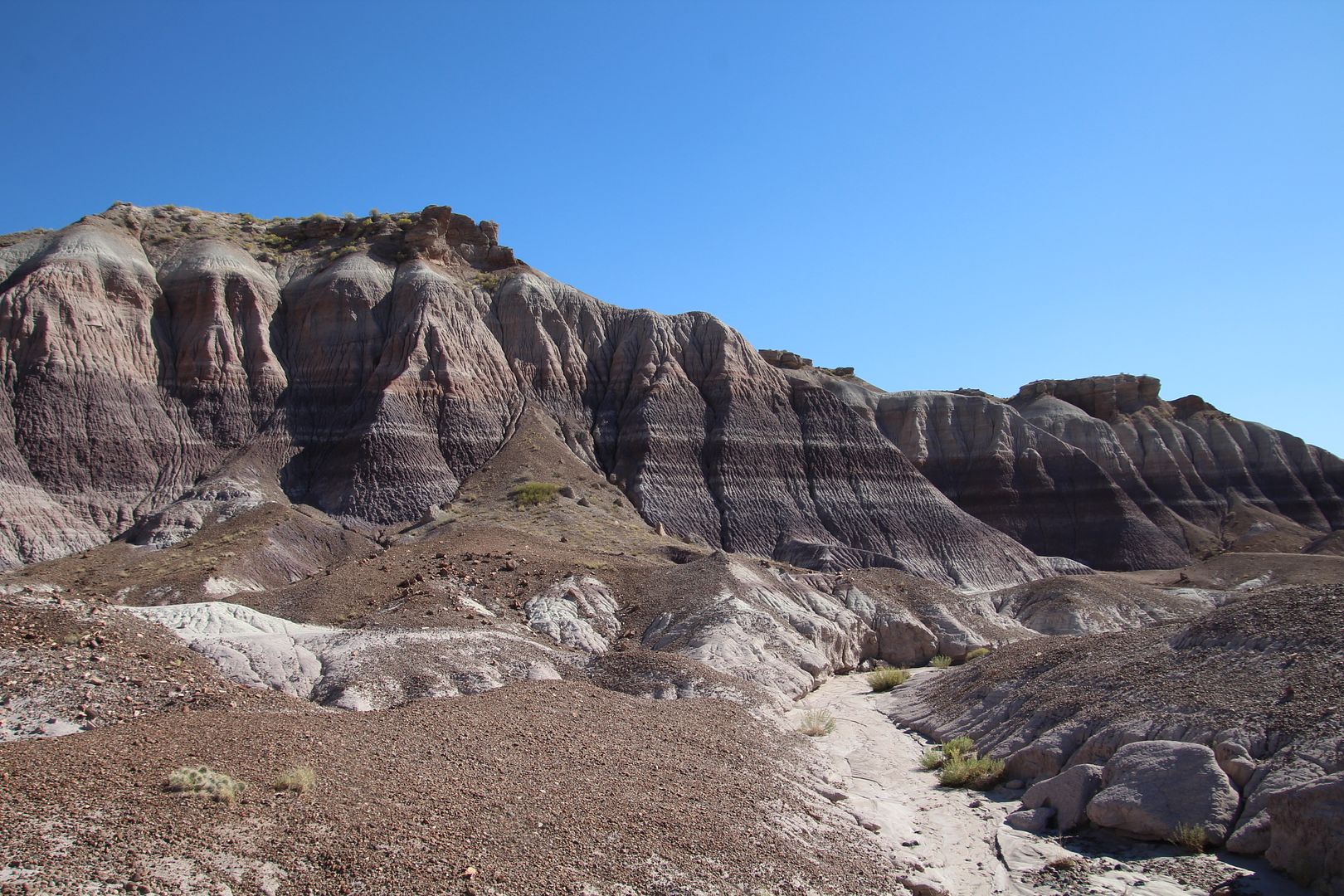When we were in Holbrook, AZ, we heard about the Meteor Crater site (about 60 miles west on I-40).
The Welcome Center has exhibits about the incredible meteorologic event that happened here 50,000 years.
An iron-nickel meteor (150’ across) weighing several hundred tons, travelling at 11-miles per second (or 40,000 miles per hour), struck here with a force of 20M tons of TNT. In 1902 Daniel Barringer, a Philadelphia mining engineer, became interested in the crater as a mining site for iron. He was convinced a large meteorite was buried deep in the center of the crater.
After 25+ years of research, Barringer determined the meteor came in at an angle and was buried beneath the south rim of the crater. A 1,376’ shaft was dug before the rotary drill-bit jammed. Today it is known that the iron and rock underwent some vaporization and extensive melting and fragmentation upon impact. Below is the Holsinger Meteorite, the largest fragment discovered thus far of the meteor that created this crater.
The giant bowl-shaped cavity created on impact was originally 700’ deep (now 550’ deep due to erosion) and 4,000’ across with a 2.4 mile-rim circumference. Limestone and sandstone (175M tons of it) were thrown out and formed a continuous band of debris for miles.
There are multiple observation platforms providing views into the crater. Several viewfinders enable visitors to see various points of interest in the huge crater. One is focused on the place where Barringer attempted to drill into the crater. The floor of the crater is closed to visitors. Guided rim tours are, however, available.
Astronauts scheduled for the Apollo mission to the moon were trained here from 1963 to 1970, because the basin floor was similar to the lunar surface. A training capsule is on display here.
A 3’ x 5’ American flag (the same size as the one left on the moon) can be seen on the crater floor. Next to it is a “cutout” of a 6’ astronaut.
In addition to the exhibits in the Discovery Center, there is a restaurant, the Gift & Mineral Shop, and 3D movie theatre. Also, there is an RV Park nearby for those who want to be near this attraction.
Although there are many terrestrial impact sites, Meteor Crater is considered the
best-preserved impact site on Earth. It is worth a visit if you are in the area and is located right off of I-40 about 35 miles east of Flagstaff.
Admission is $16/seniors ($18/adults) and includes the movie and rim tour. For
additional information about Meteor Crater, go to
www.meteorcrater.com.
On our way home to Holbrook, we decided to make a quick stop at the Standin’ on the Corner Park in Winslow, AZ. The town, situated along Historic Route 66, frequently entertained traveling artists that led to the famous song,Take it Easy. First recorded by the Eagles in 1972 (and their first single), It was written by Jackson Browne and Glenn Frey.
Winslow almost disappeared when Route 66 was decommissioned and replaced by I-40 (that bypassed the town). In the 1990s, a group of volunteers formed the Standin’ on the Corner Foundation with the goal to develop a park on the corner made famous by the song. They decided to commission a mural and a statue. Below is the mural, painted by John Pugh.
Inspired by American musicians of the 1970s, the statue, by Ron Adamson, is named Easy. When Glenn Frey died in January, 2016, a new statue in his likeness was commissioned and dedicated in September of the same year.
Music festivals are now held annually here in September. A bandshell is located nearby.
This was a fun stop! There were many other people there snapping photos of the famous corner, too.
We both enjoyed the memories of the fantastic music of the 1970s this place evoked! For
additional information about the roadside attraction, go to
www.standinonthecorner.org.
